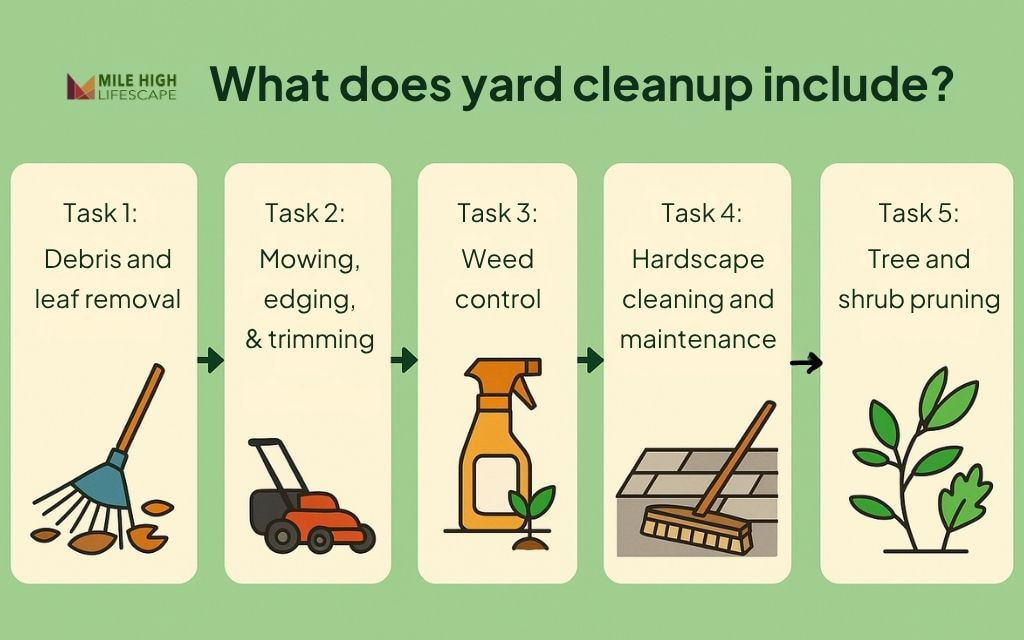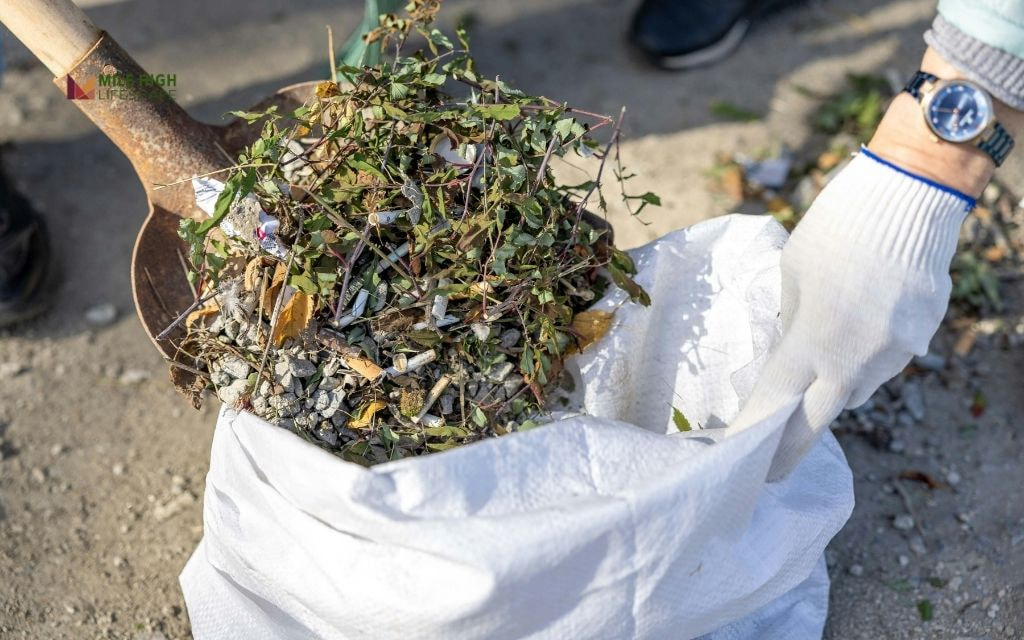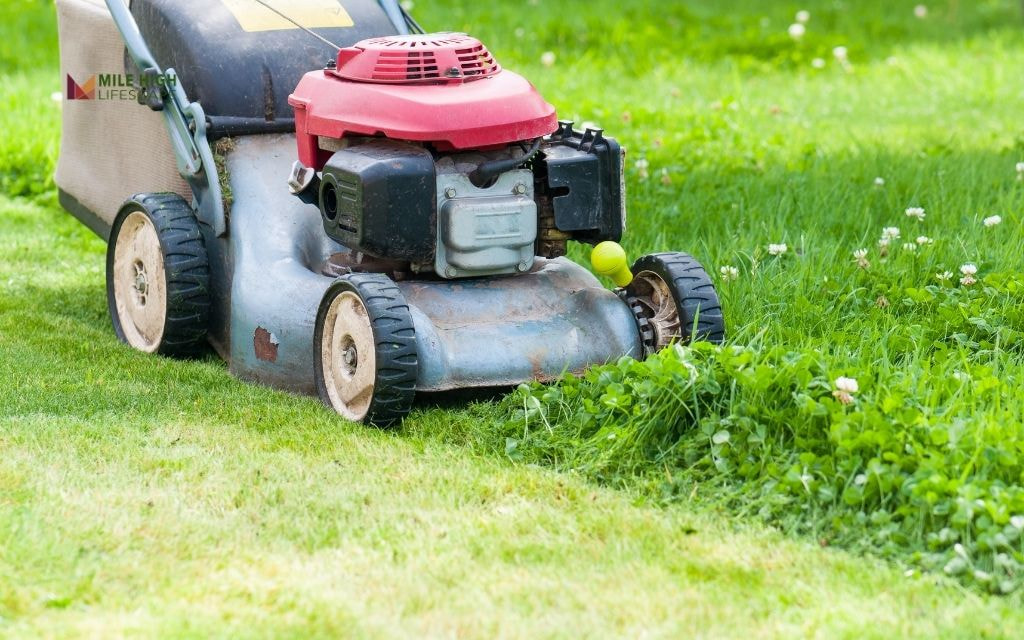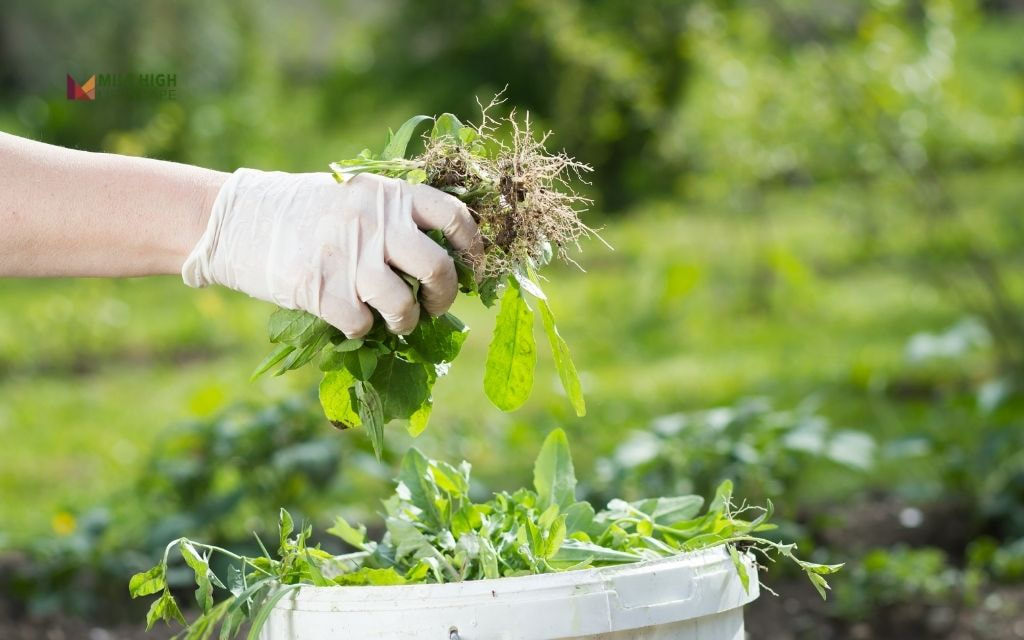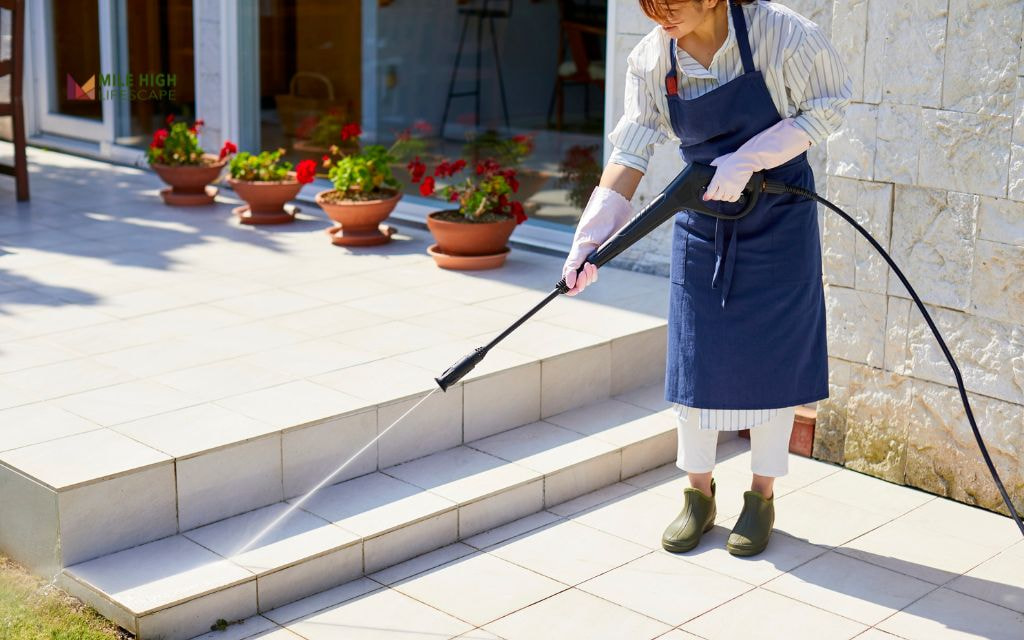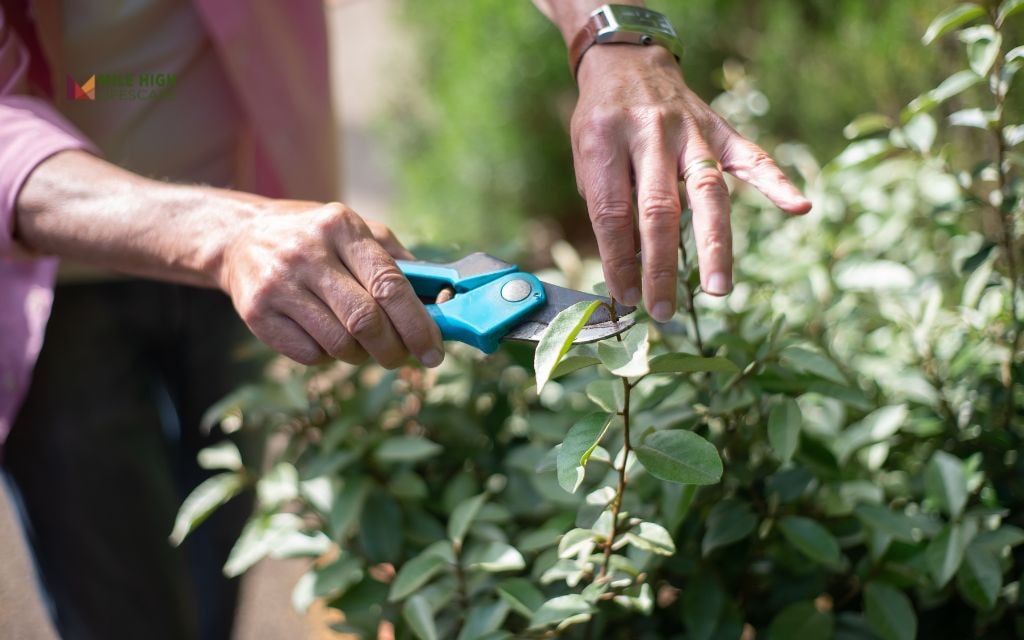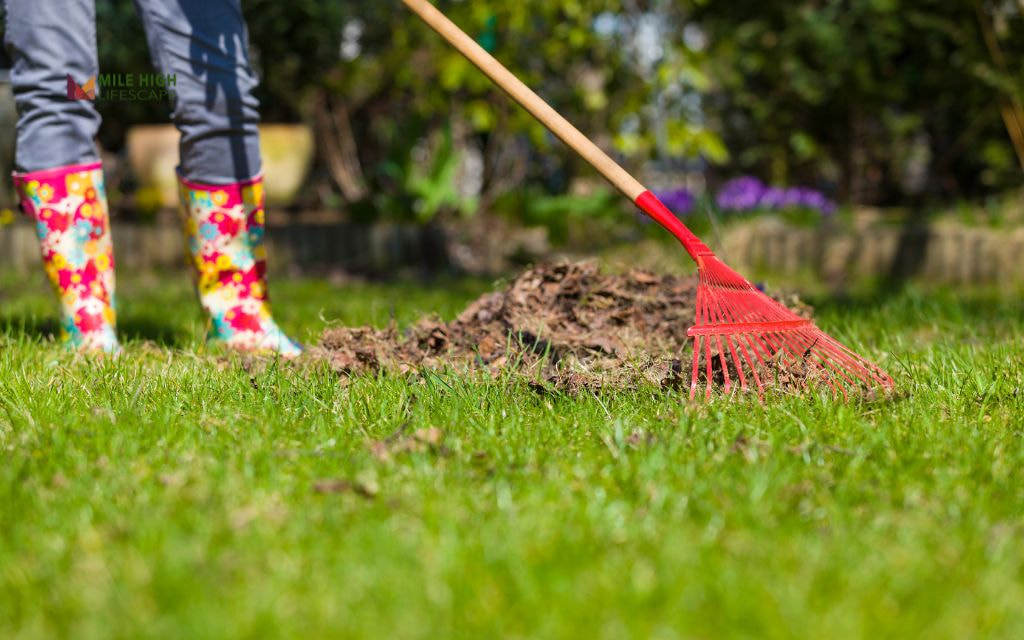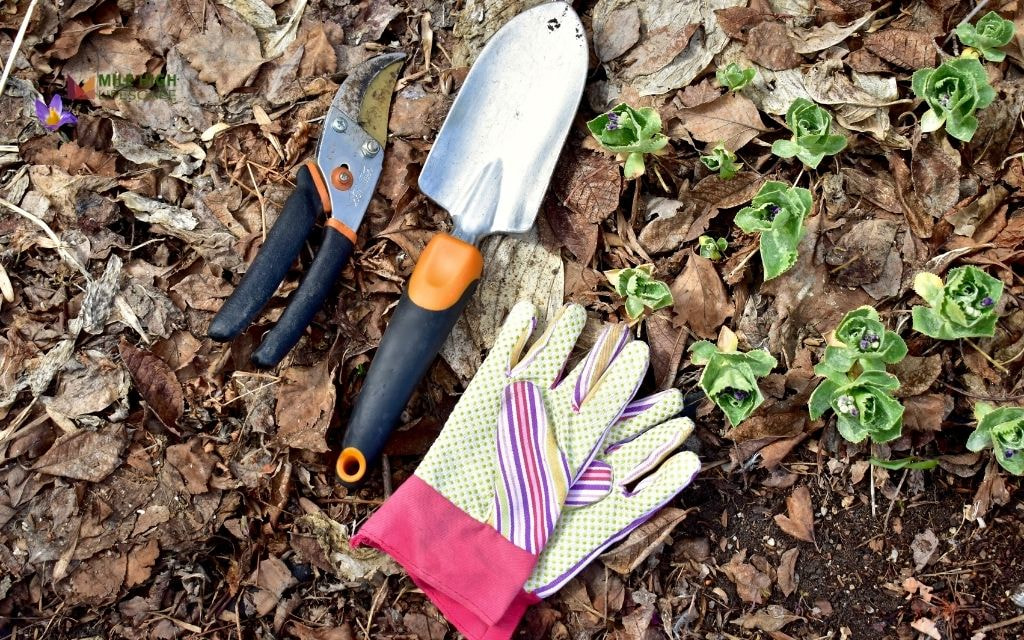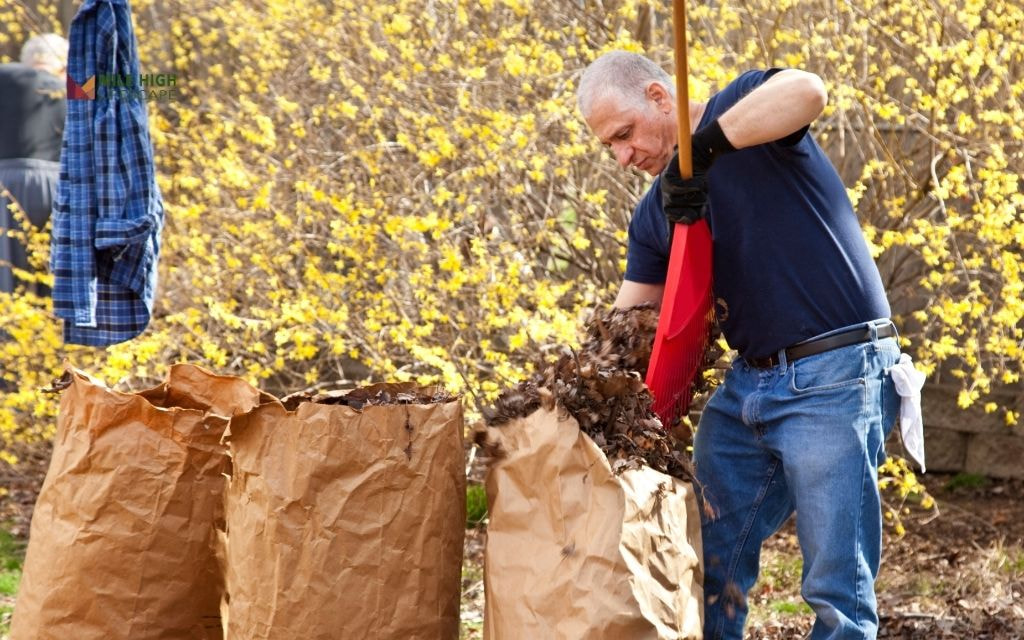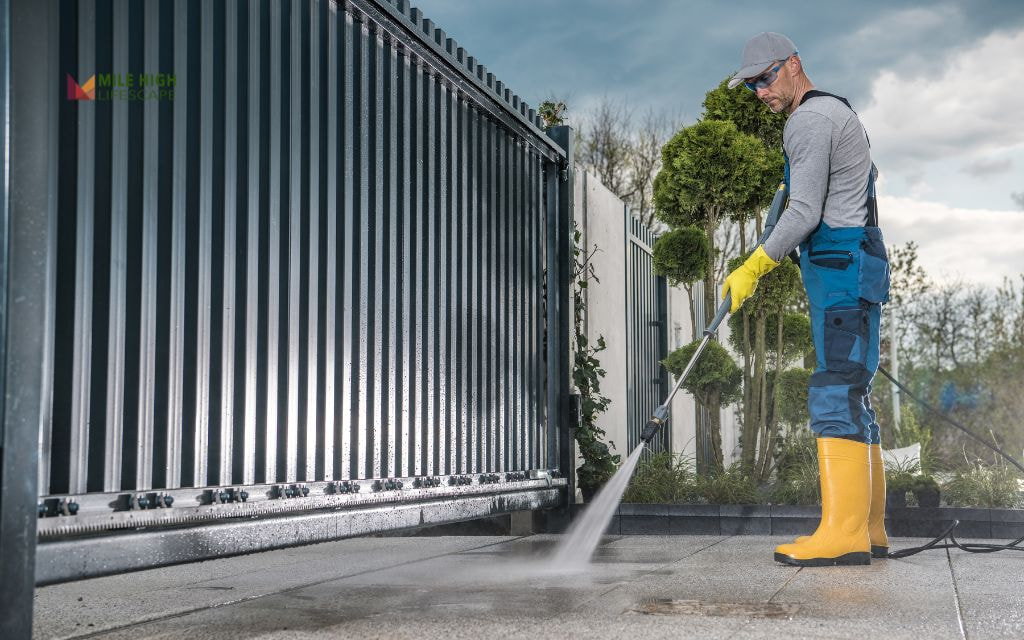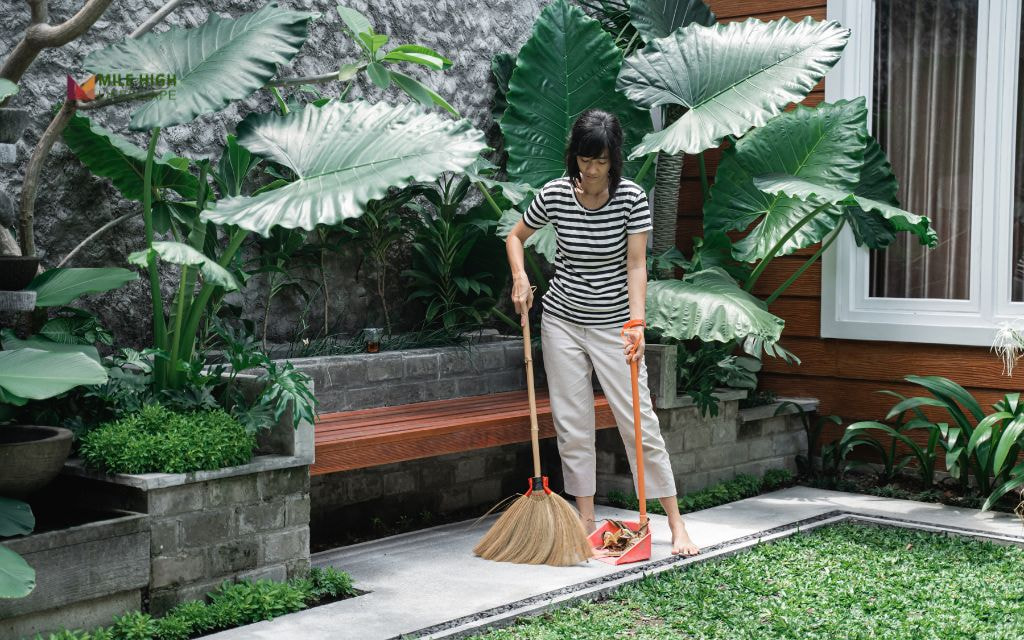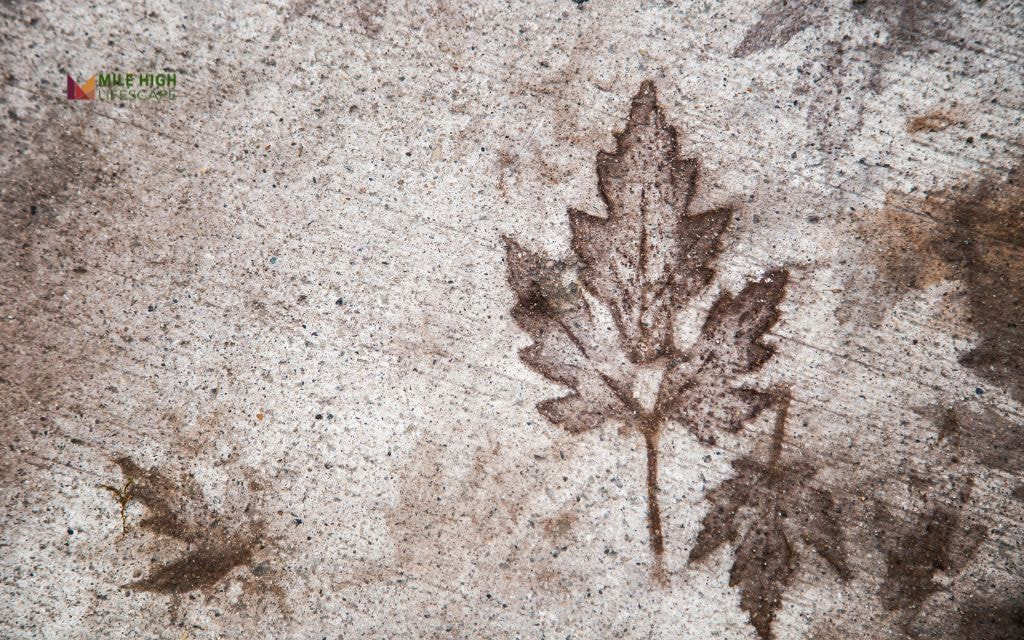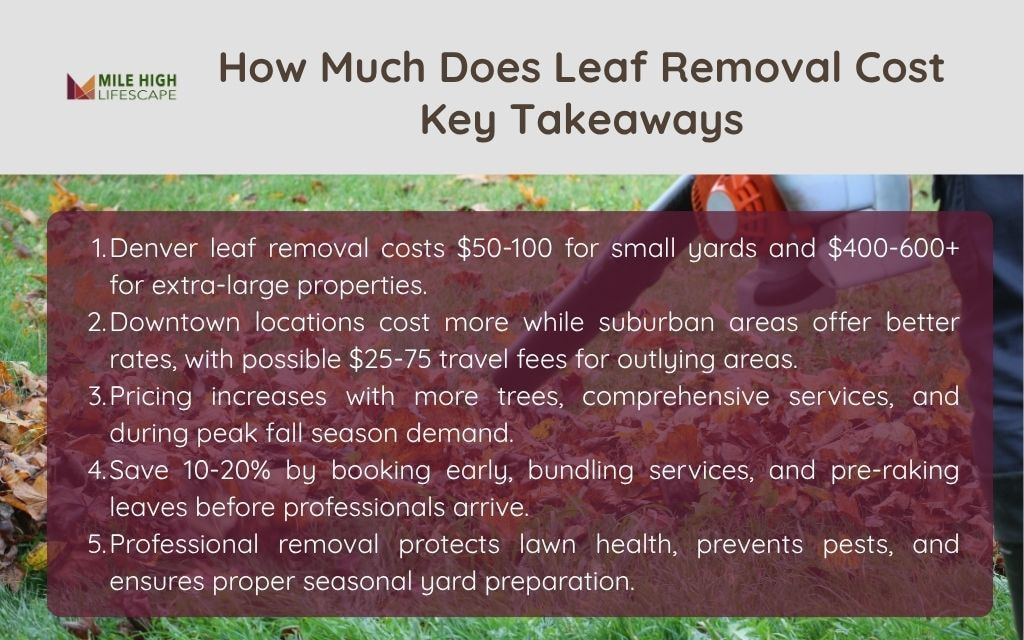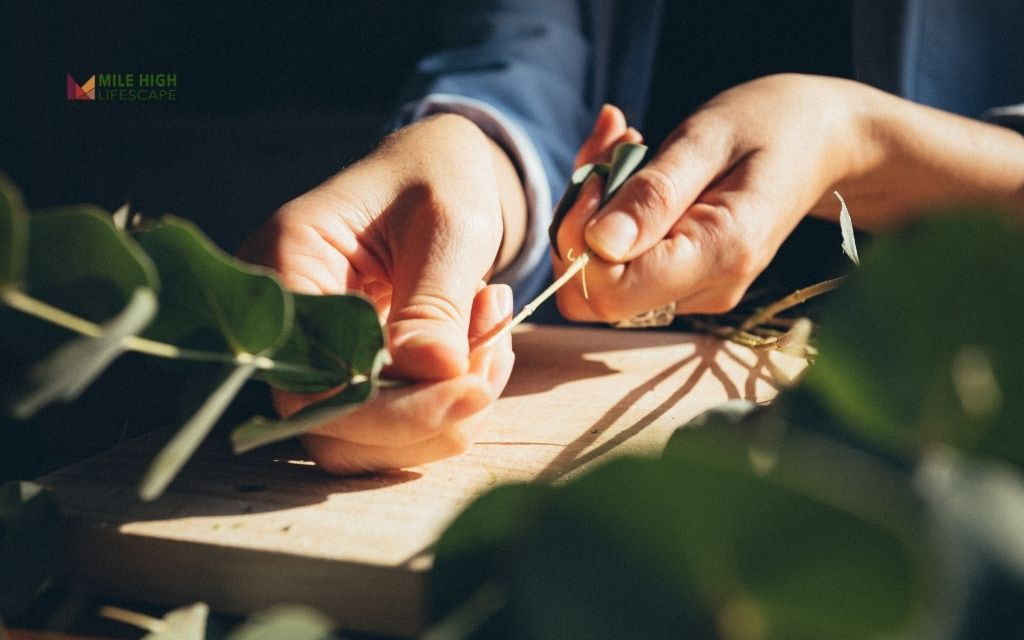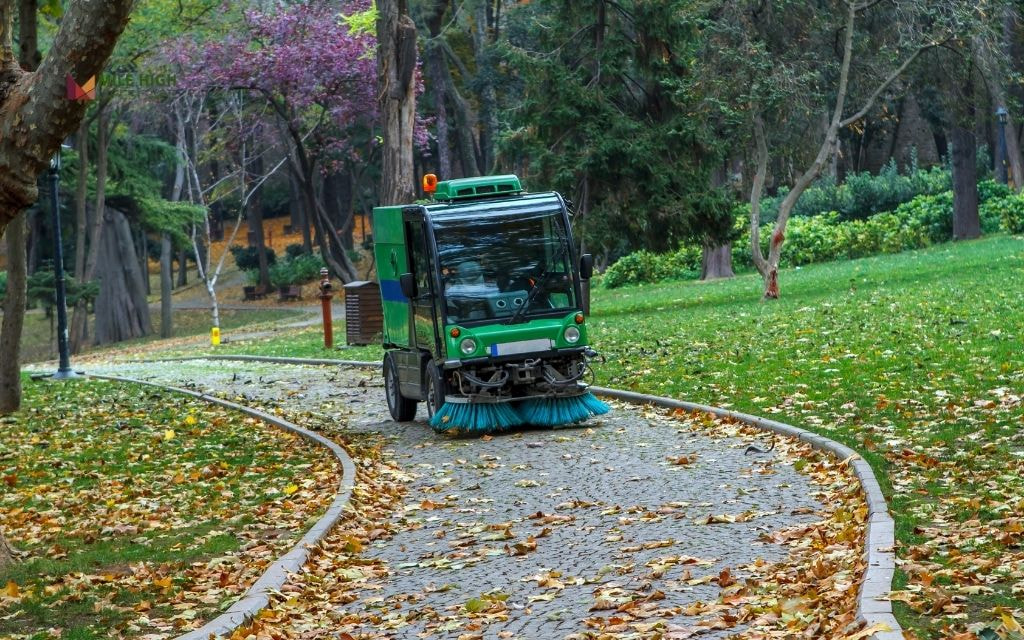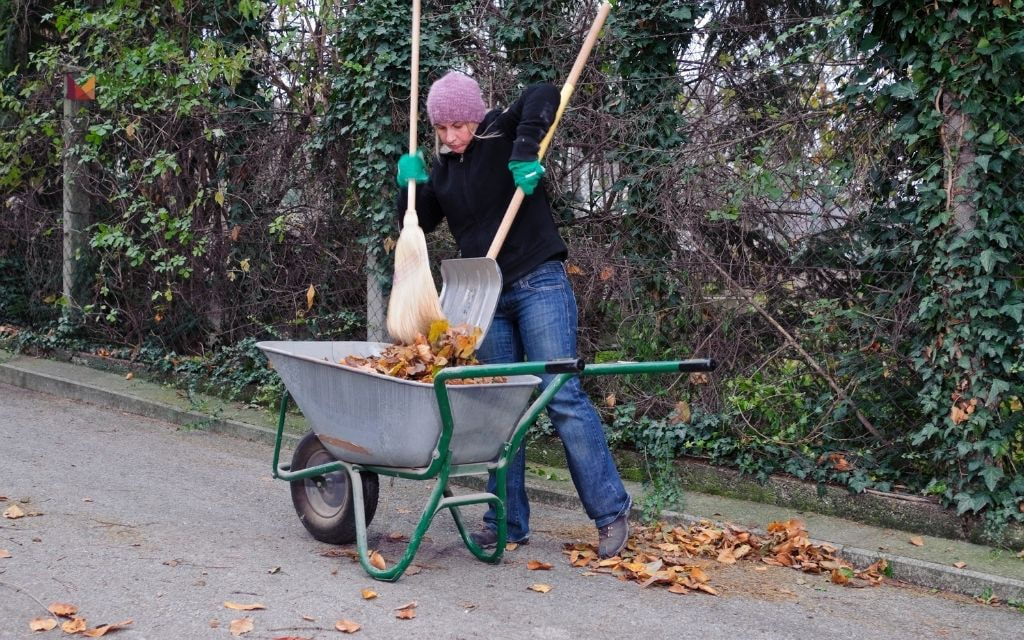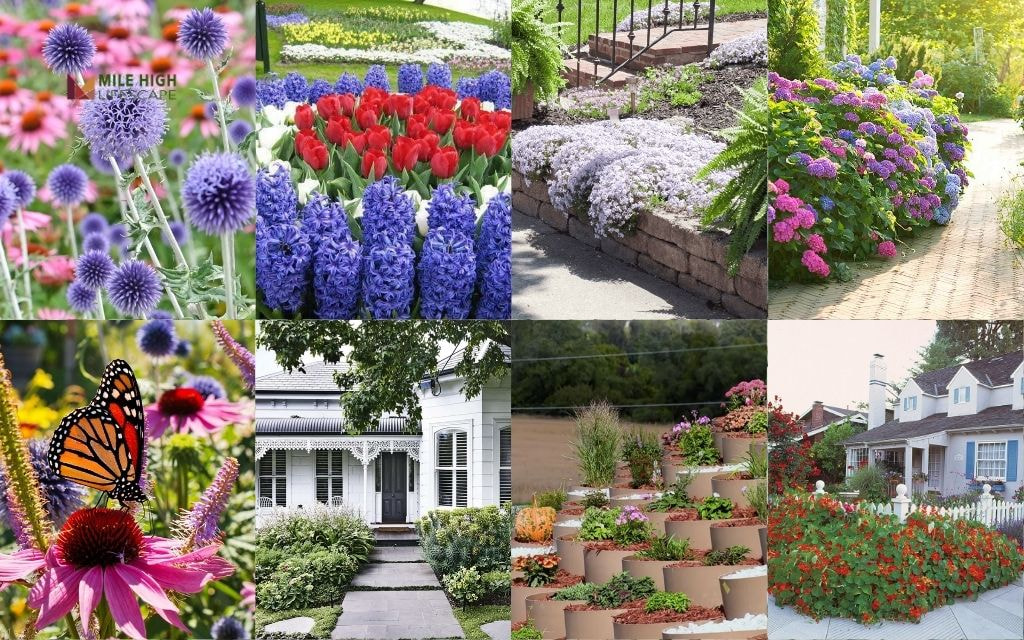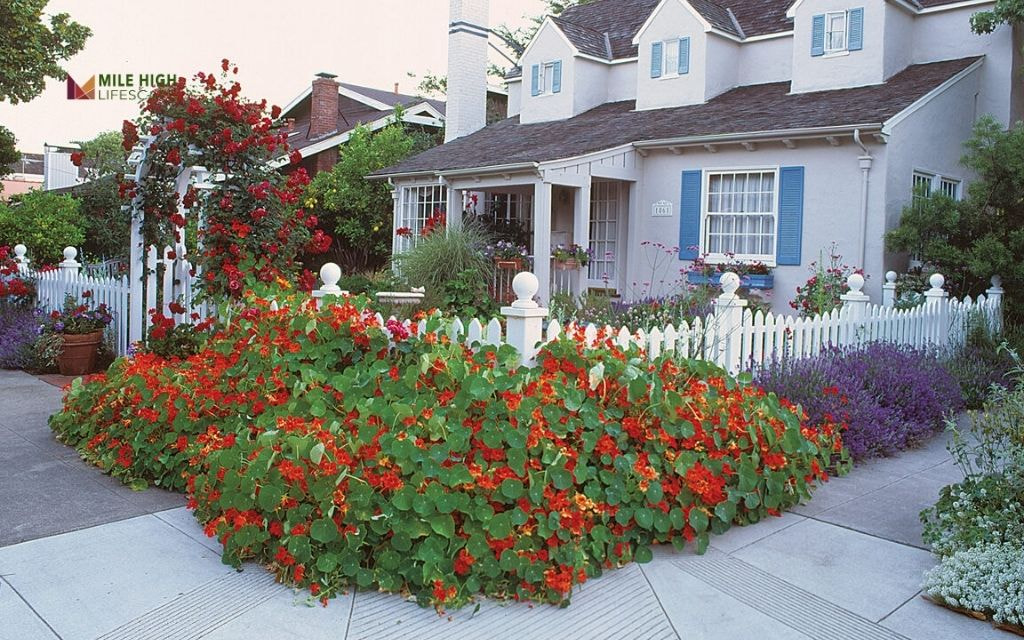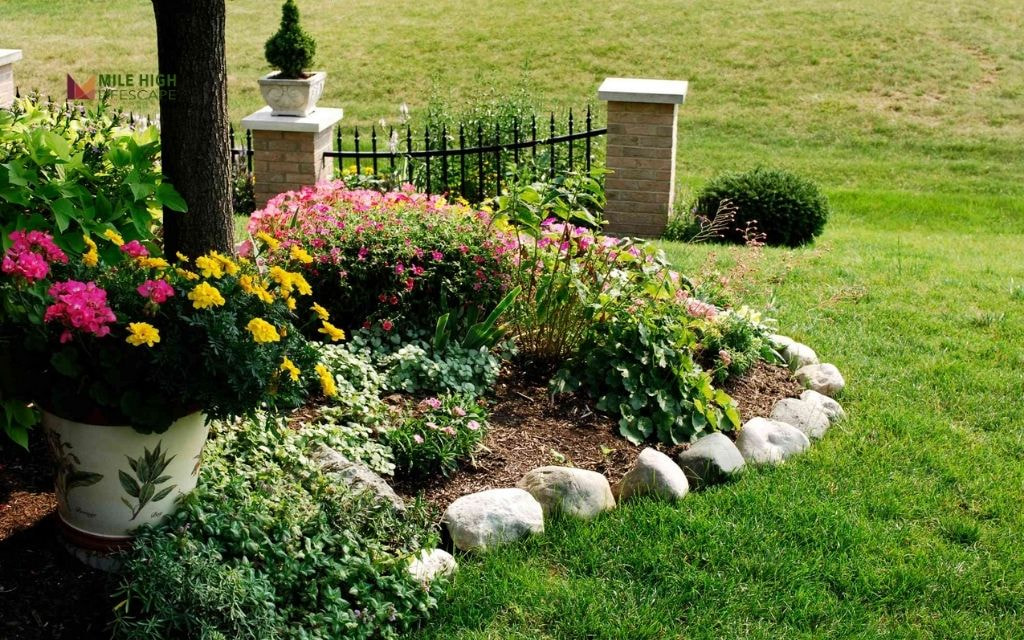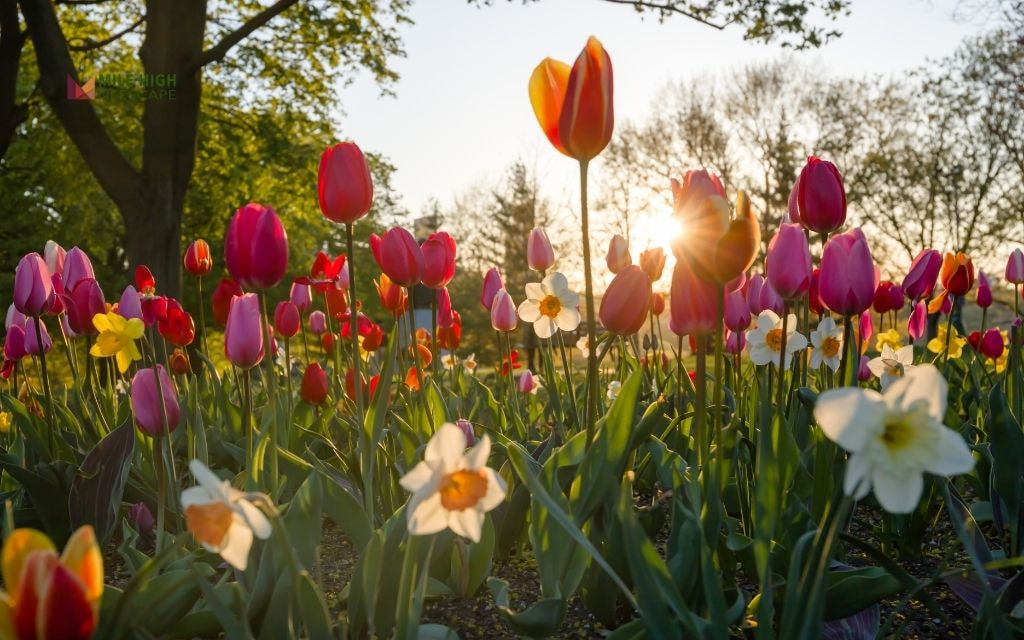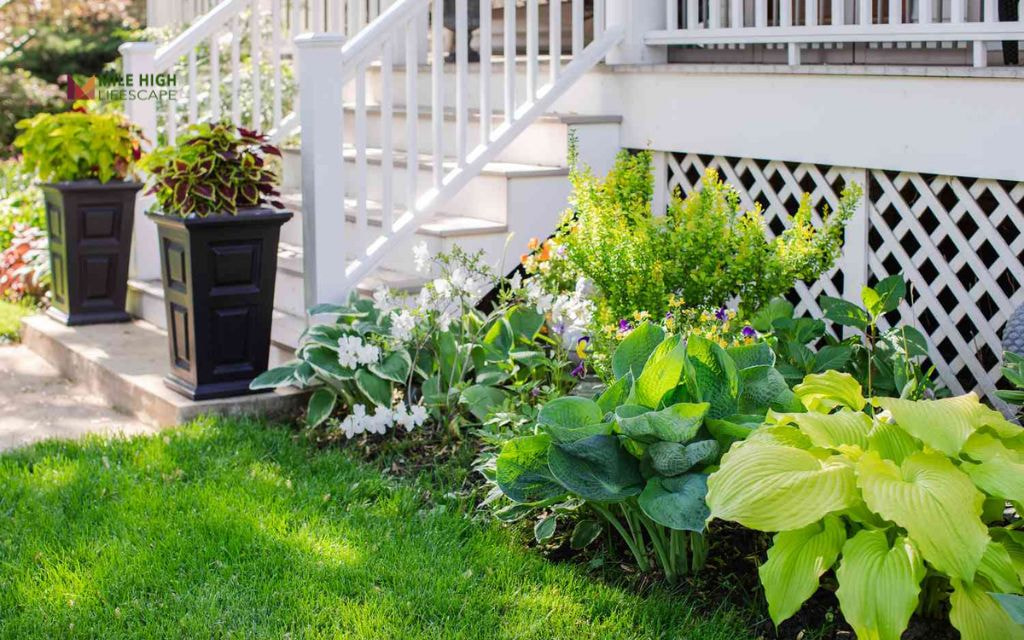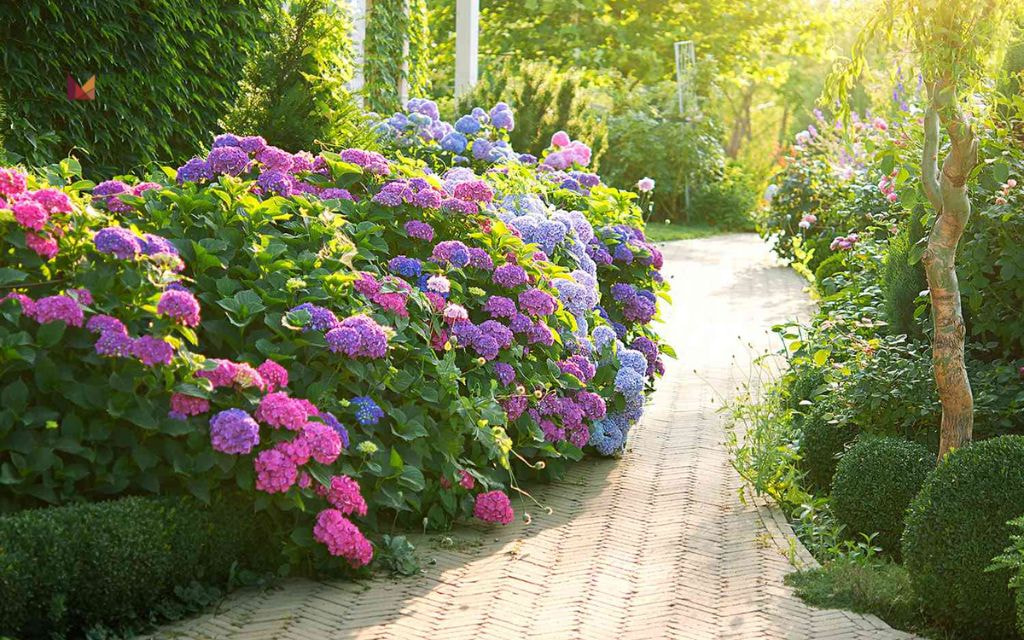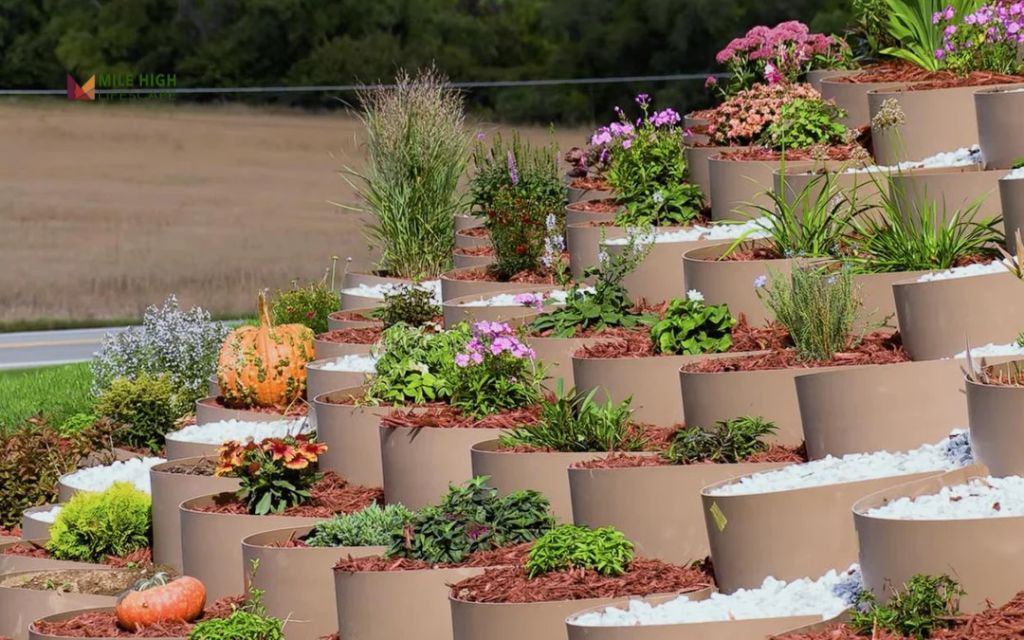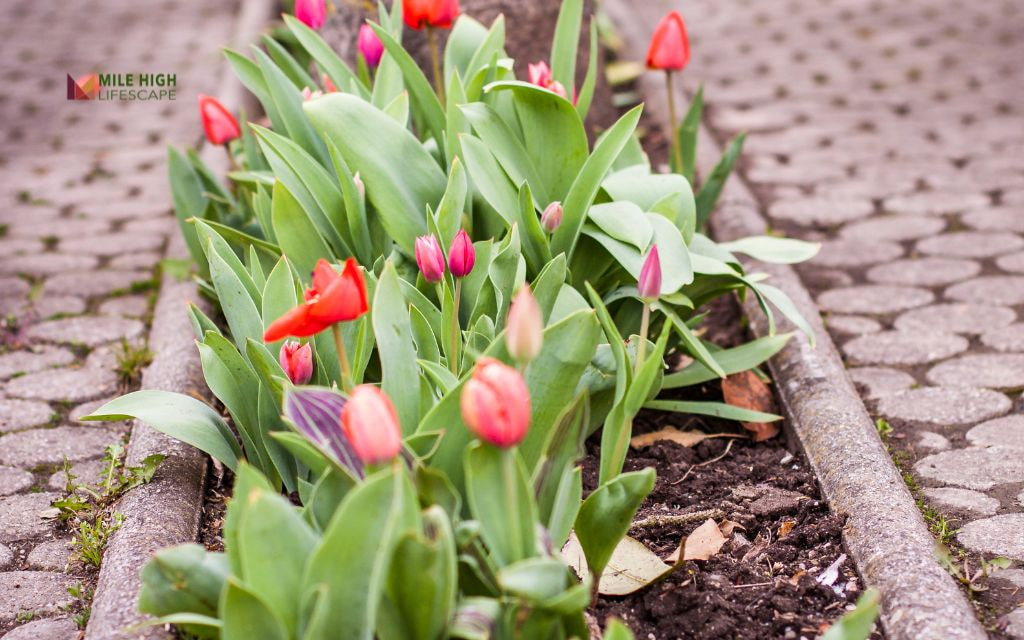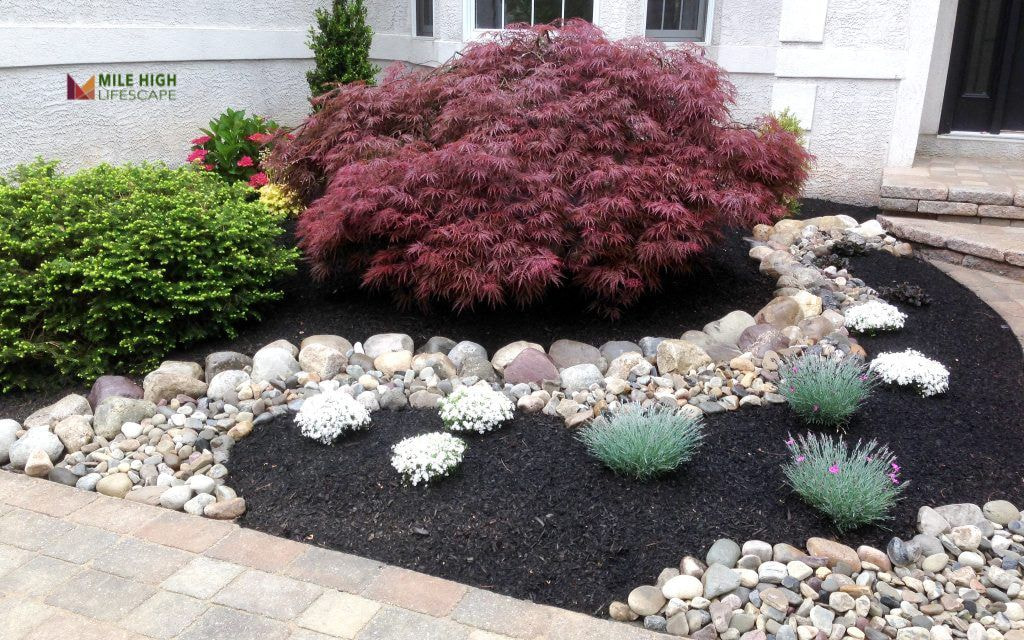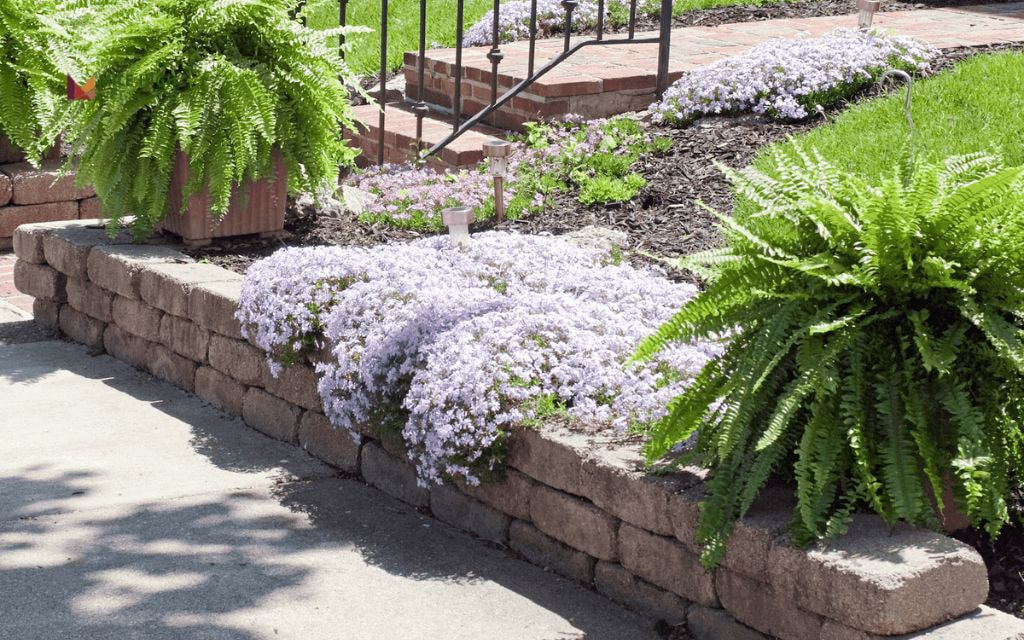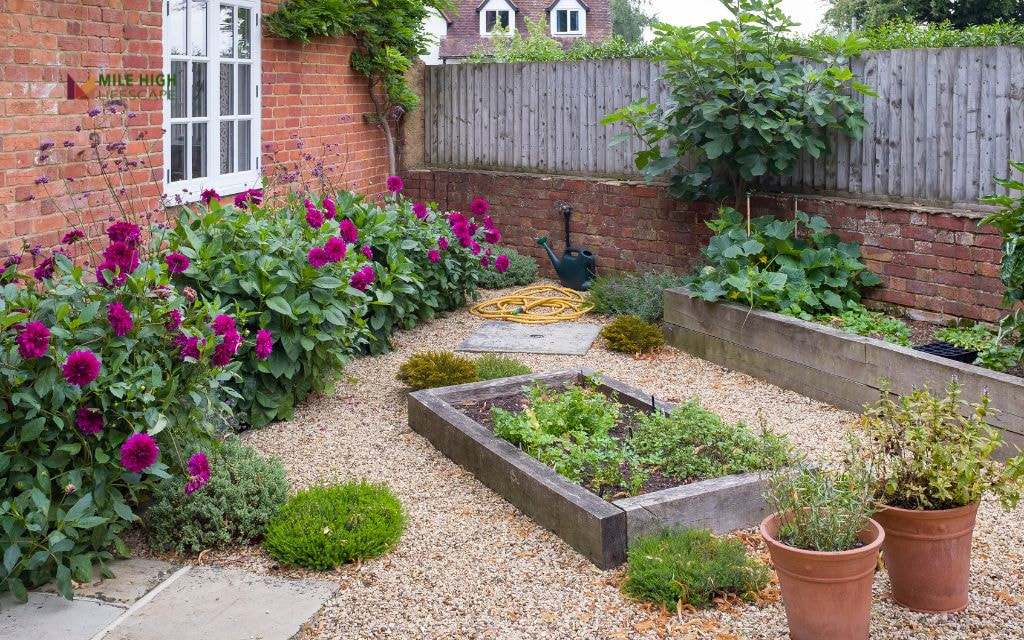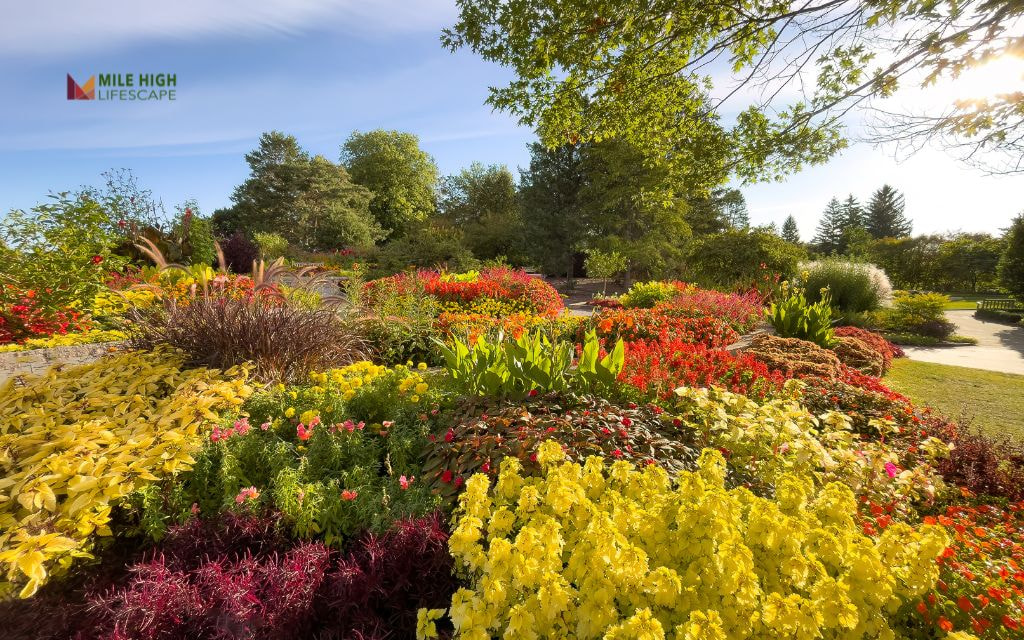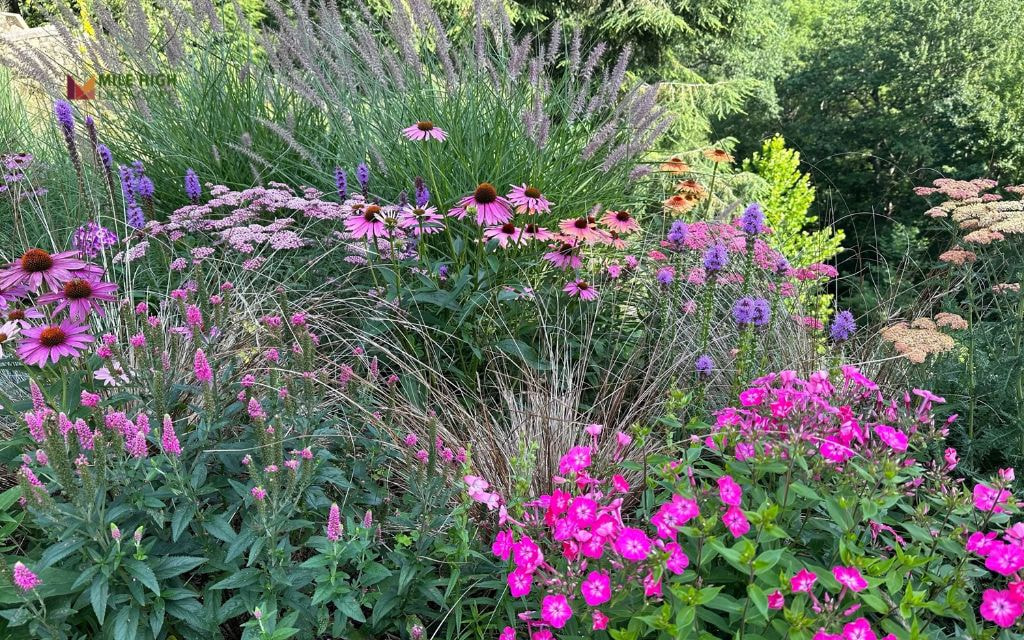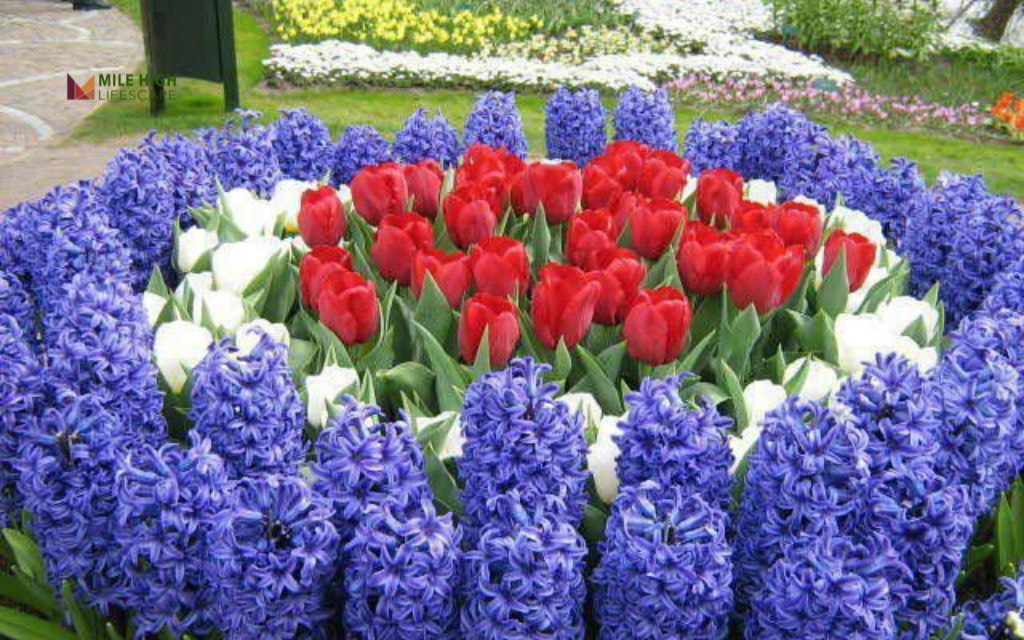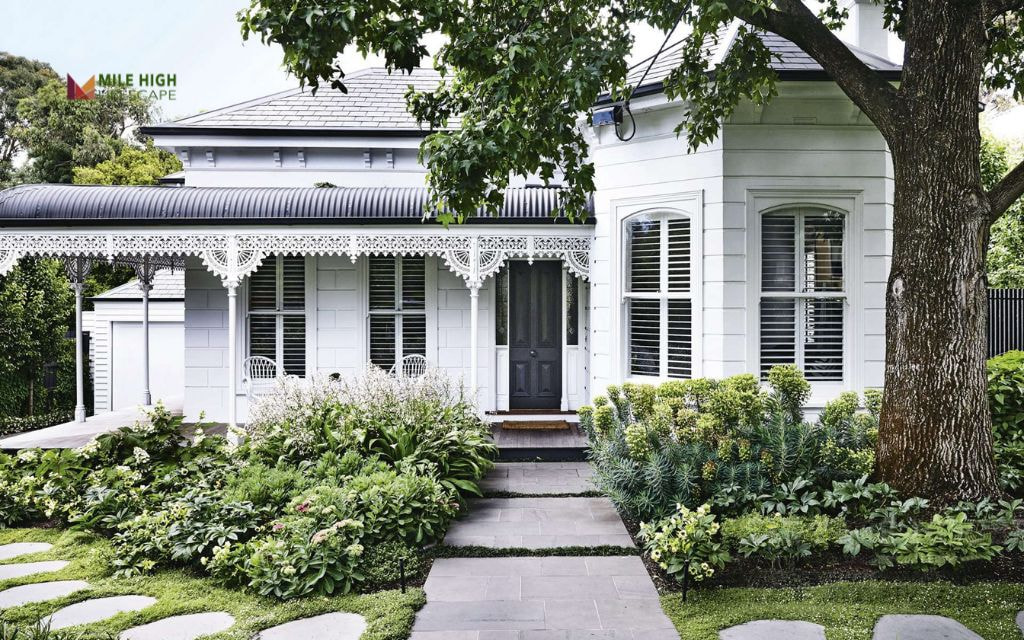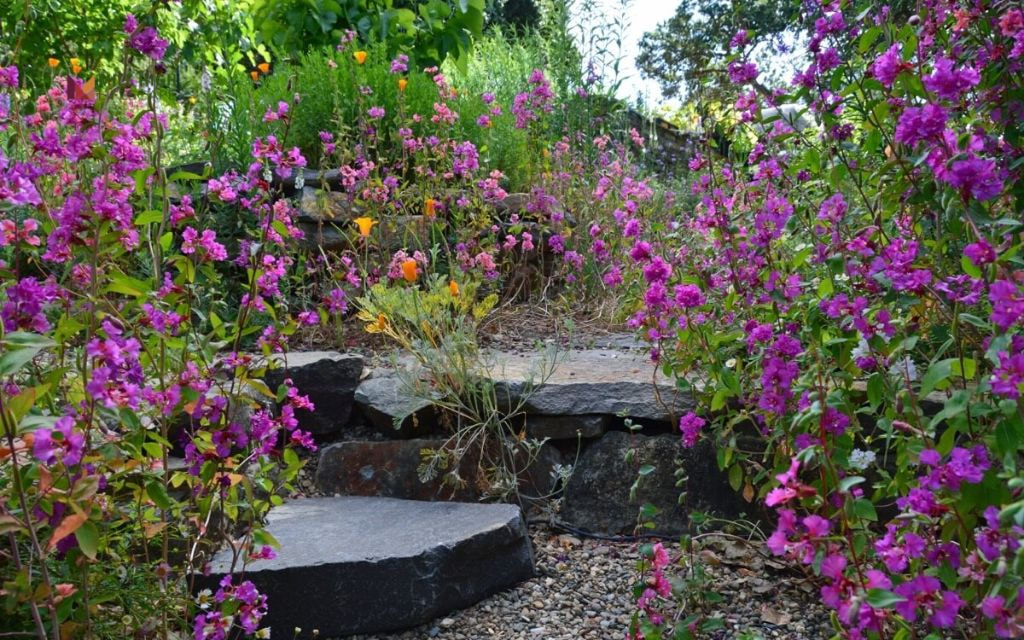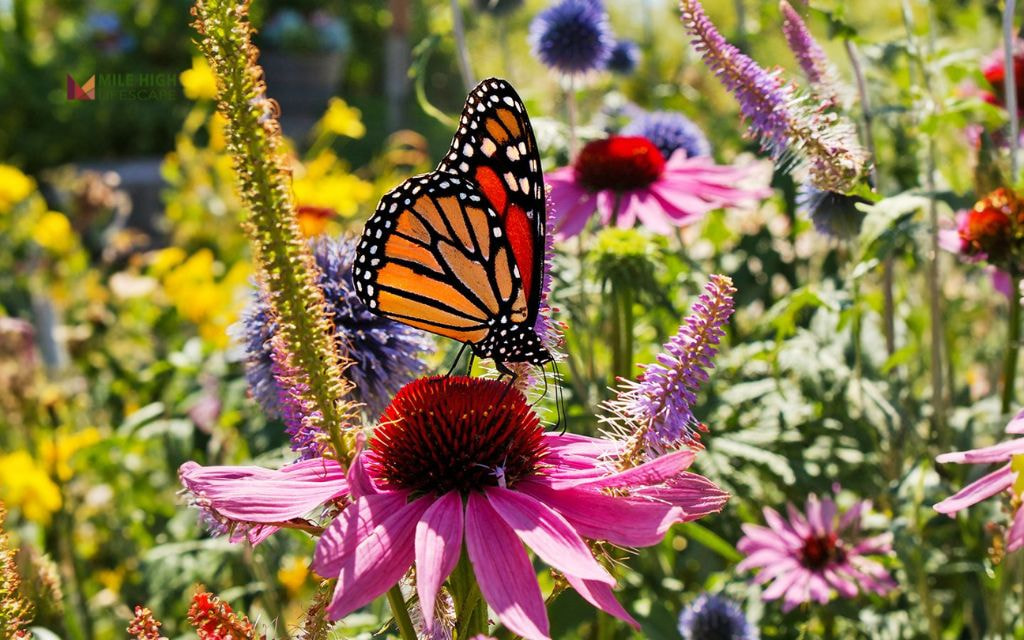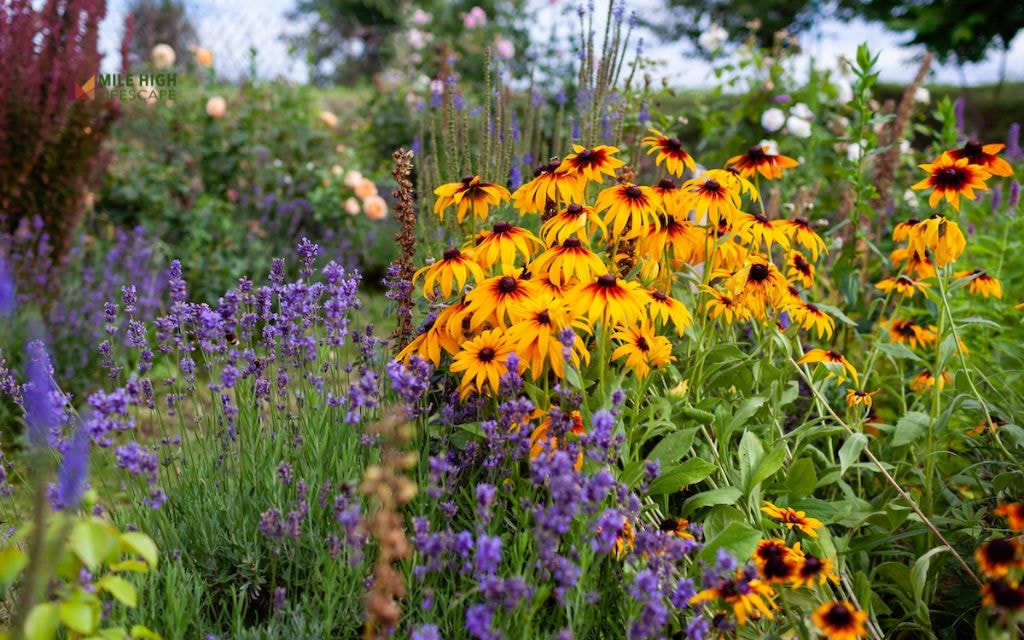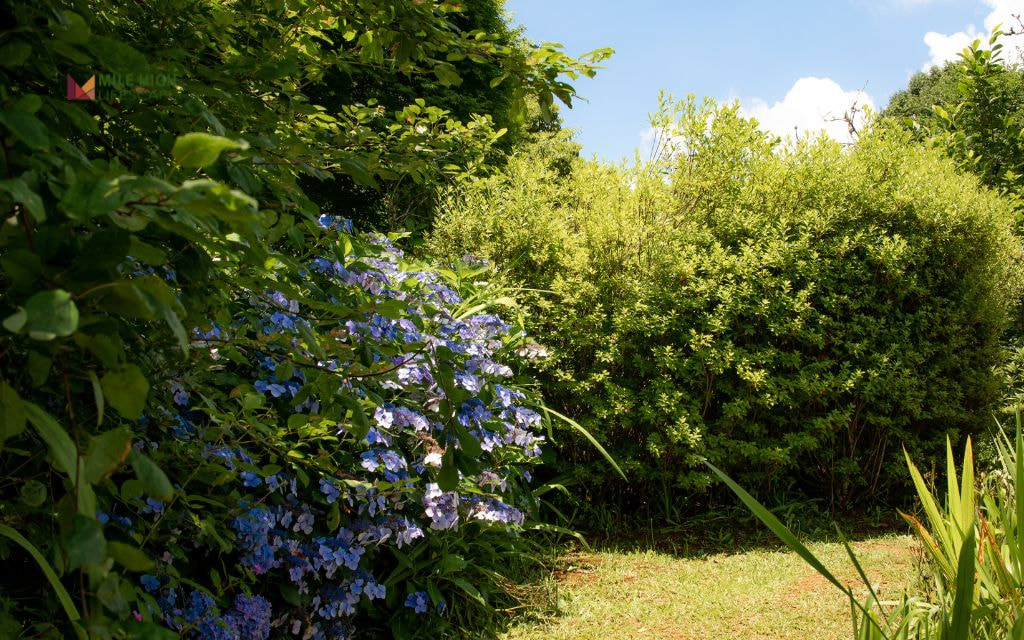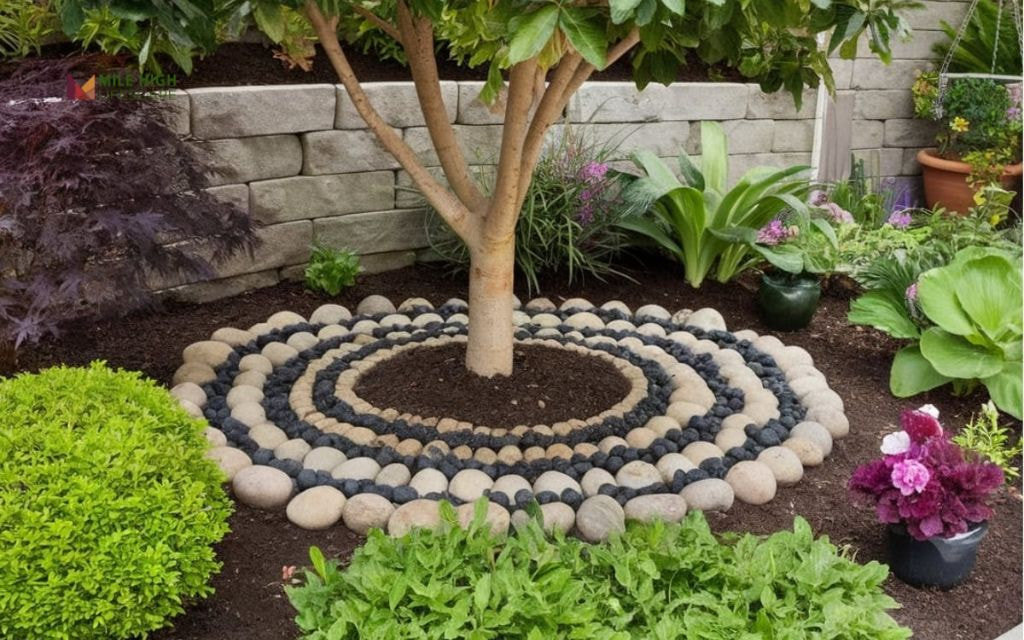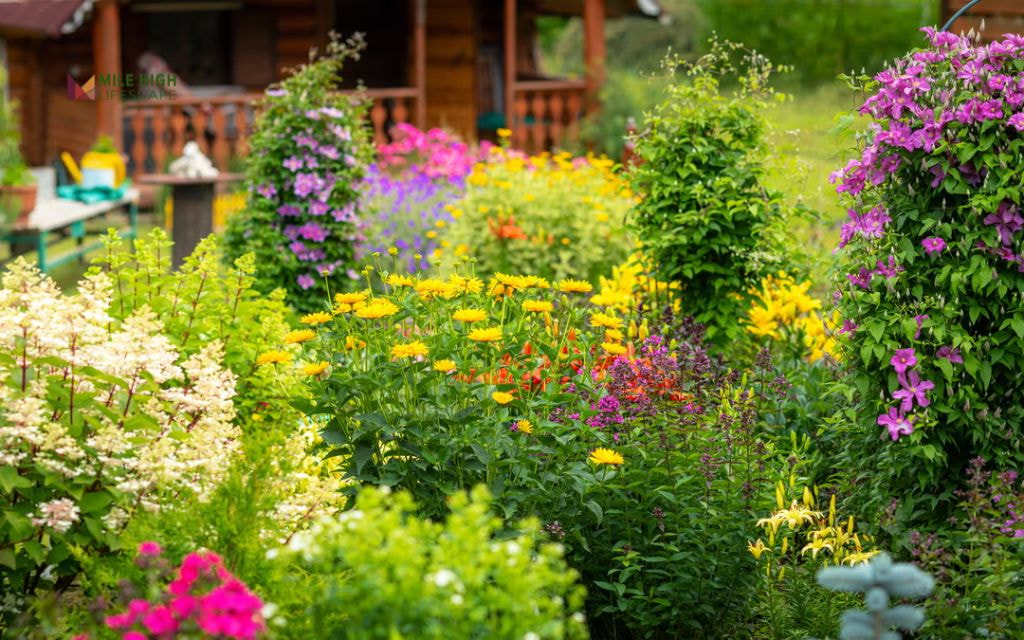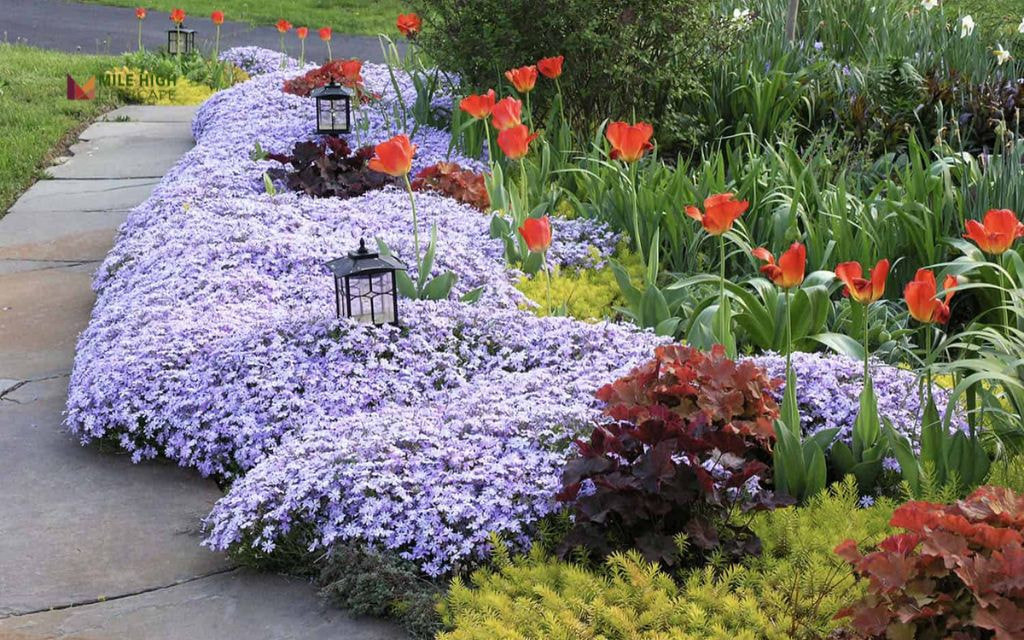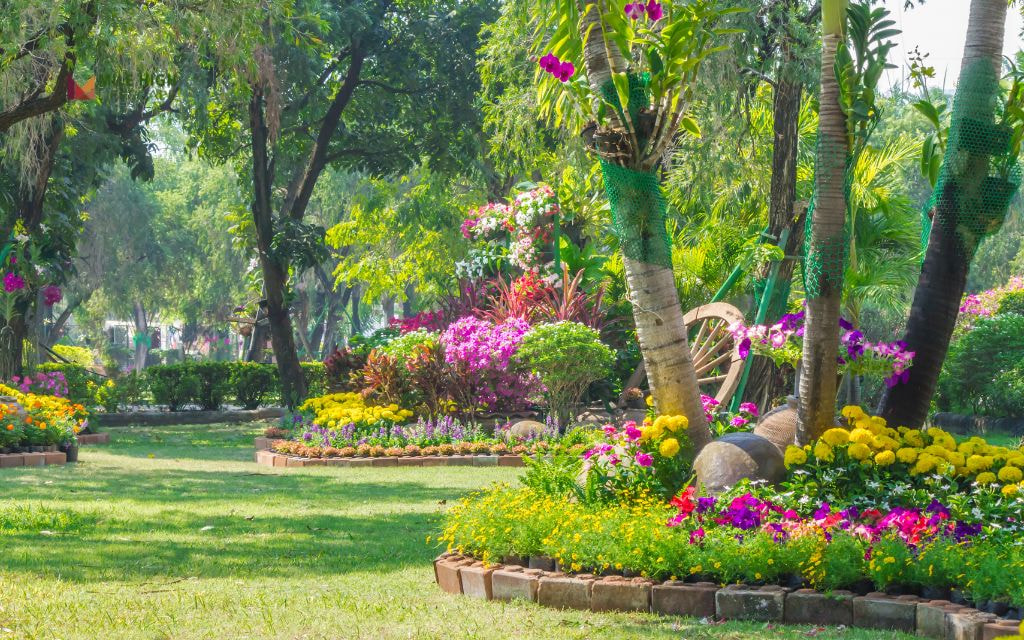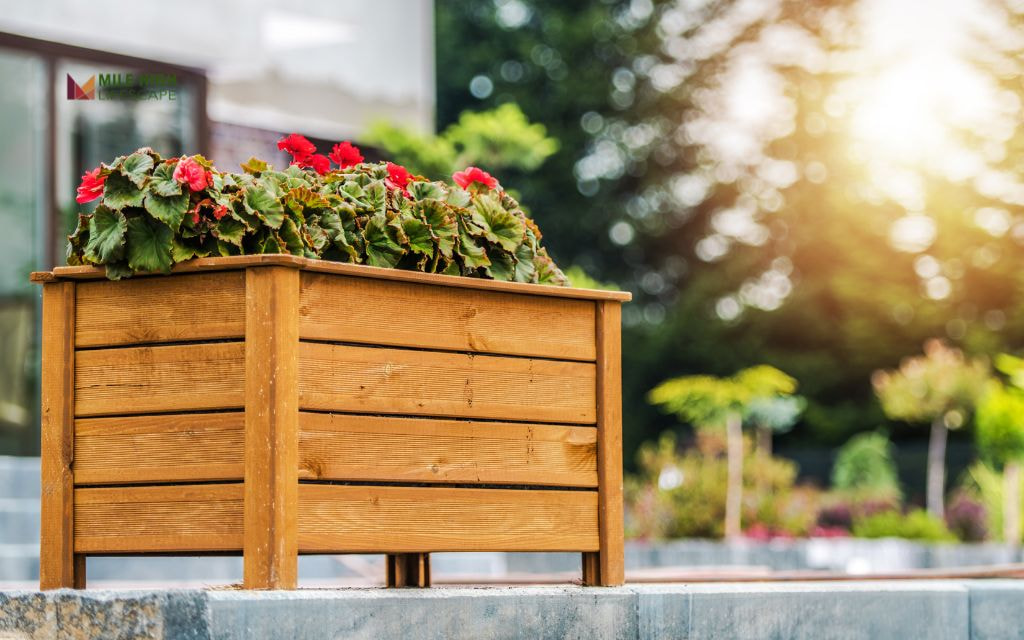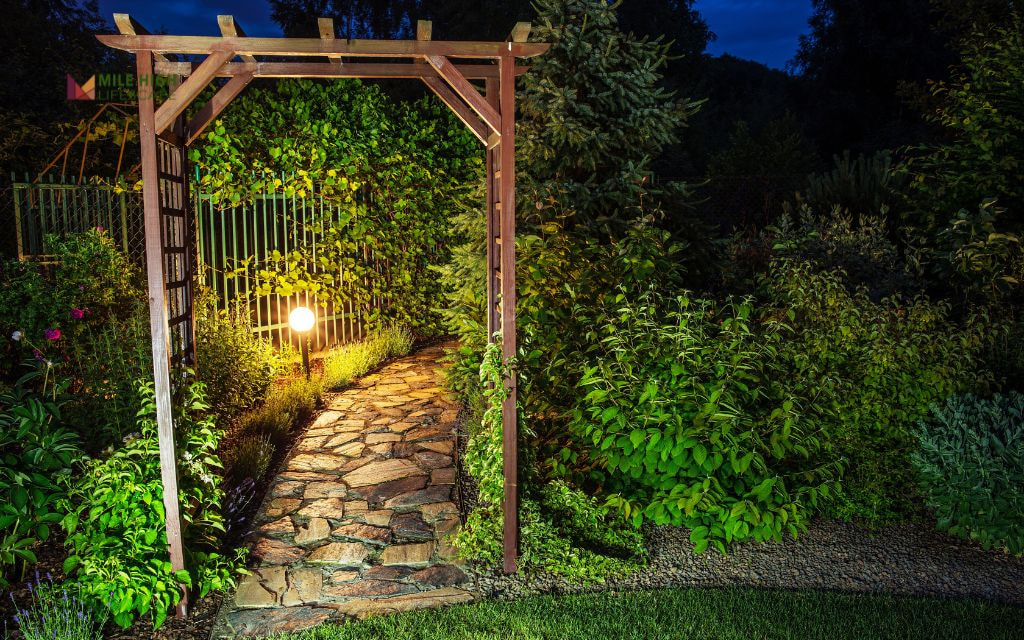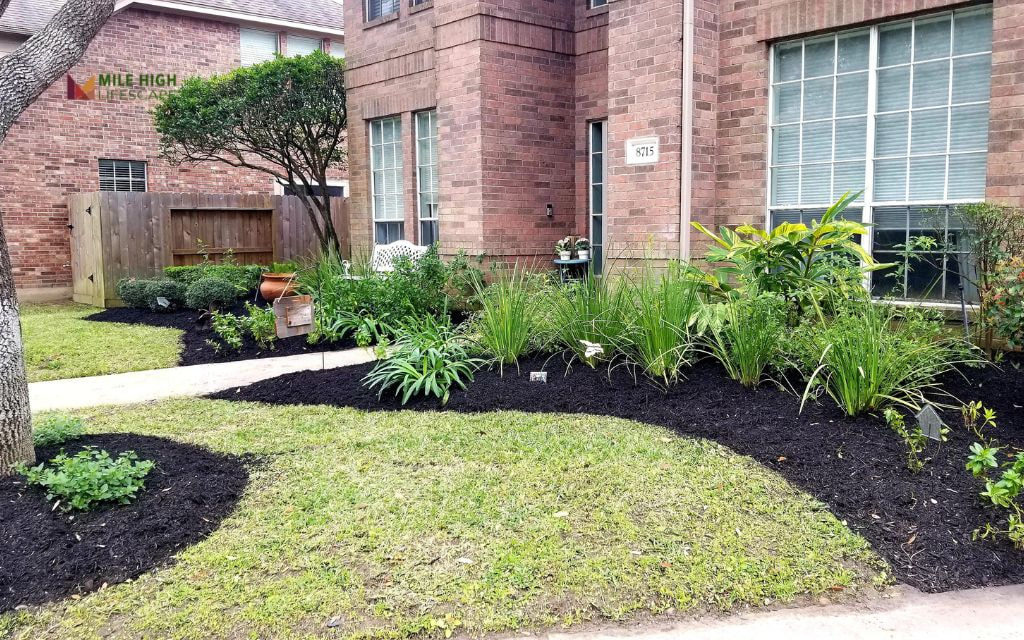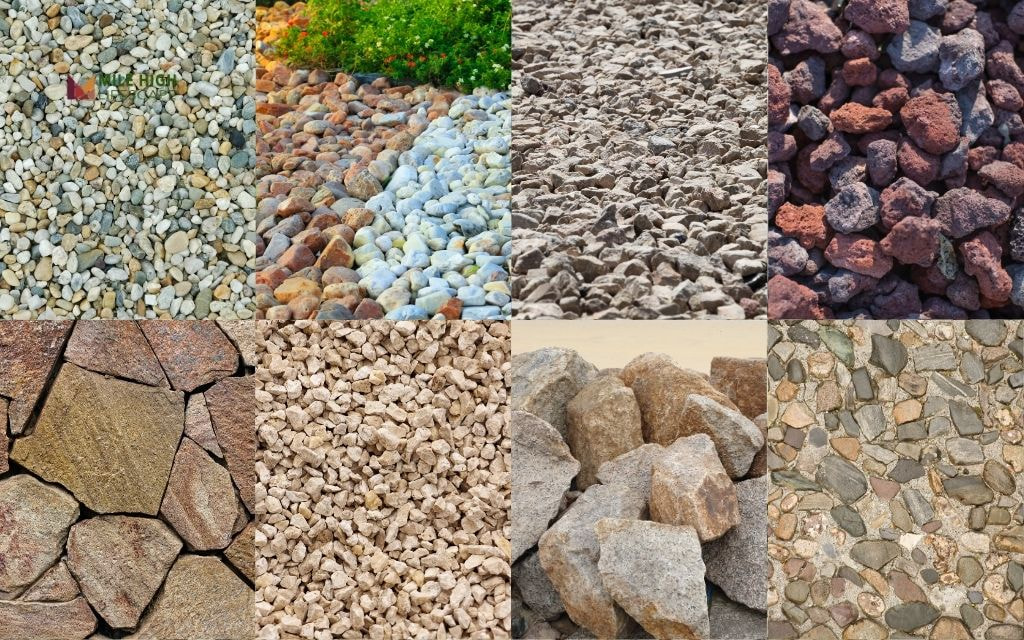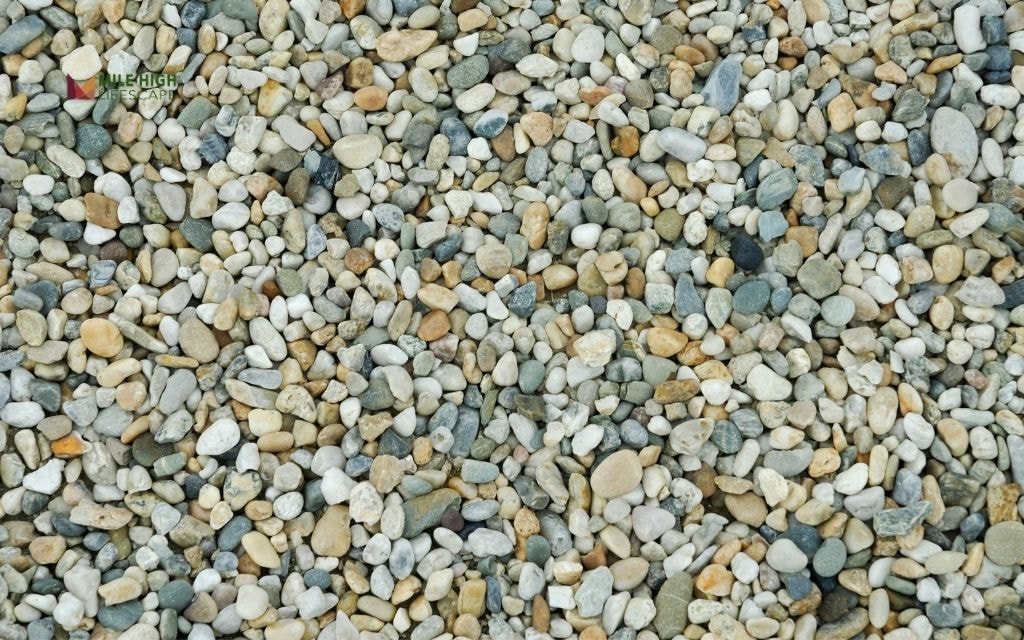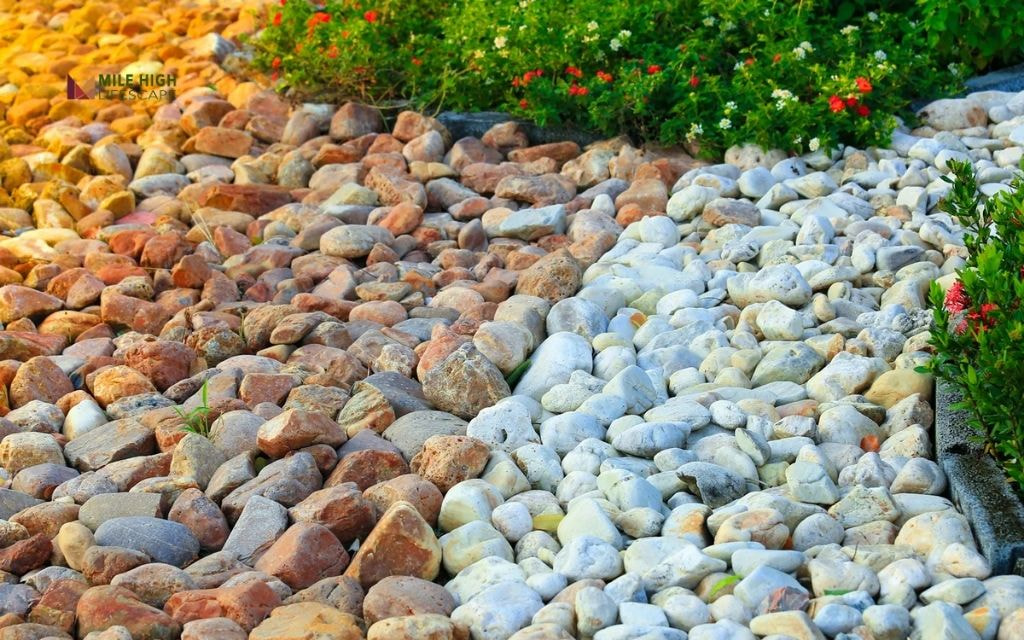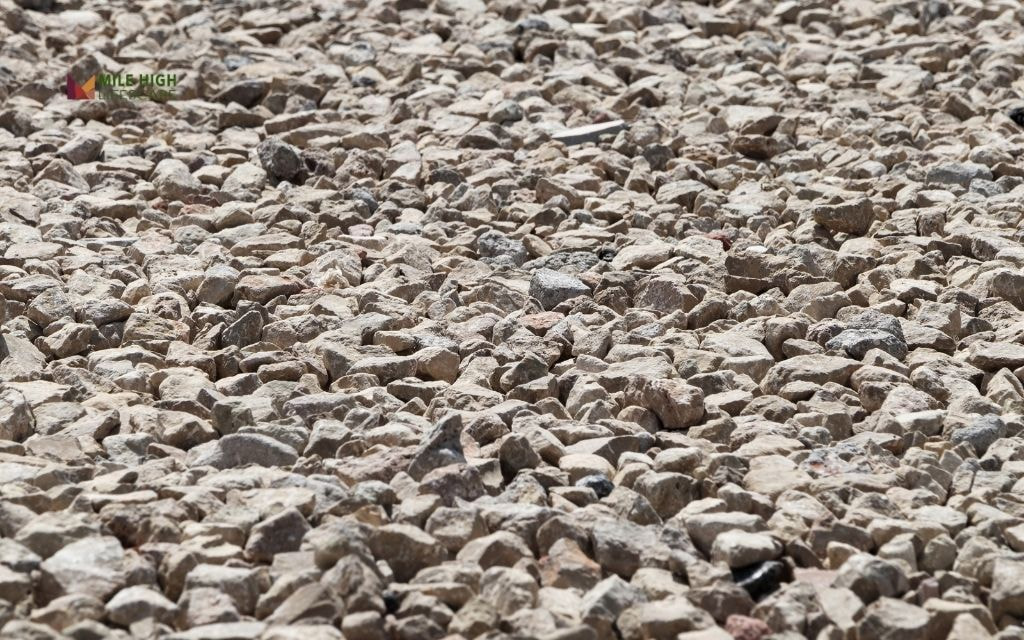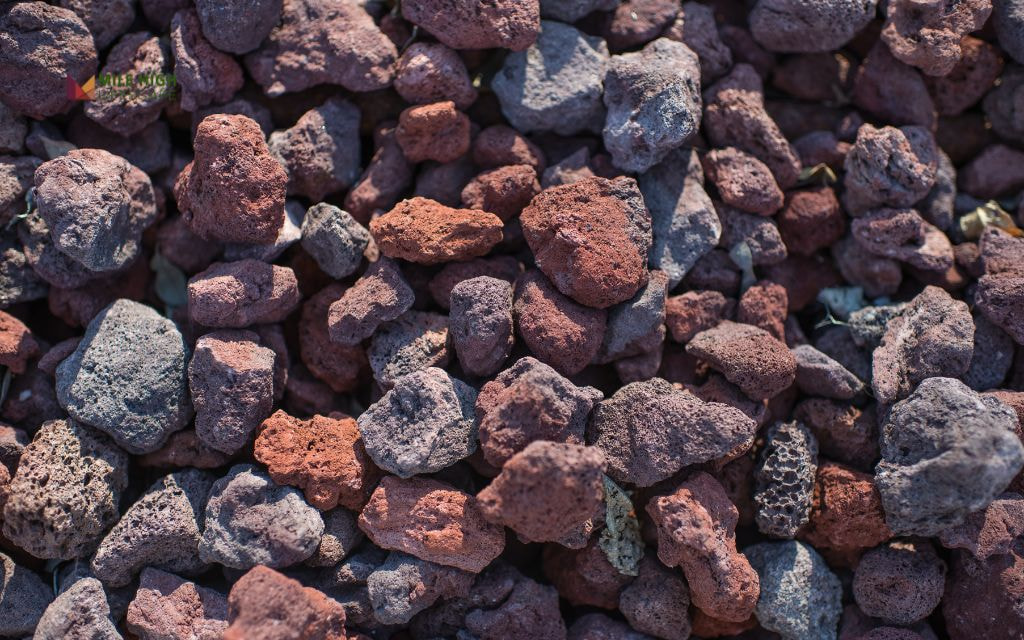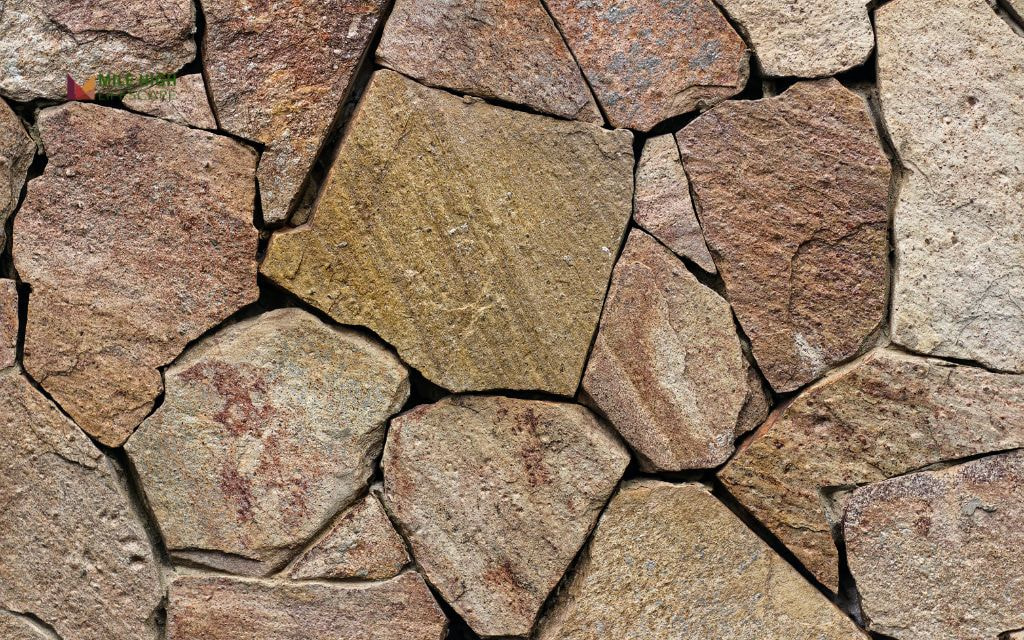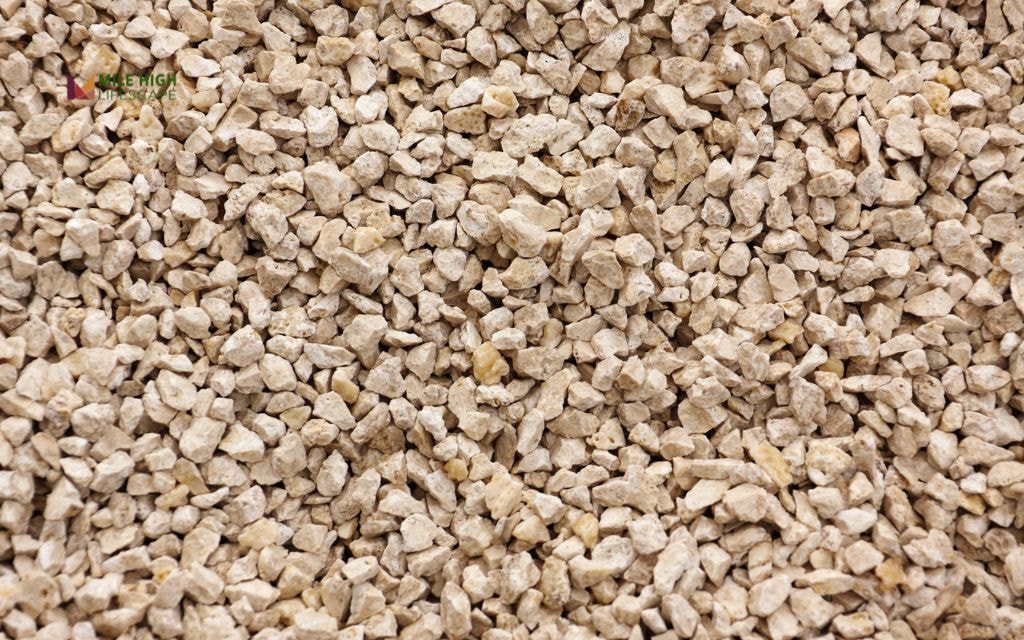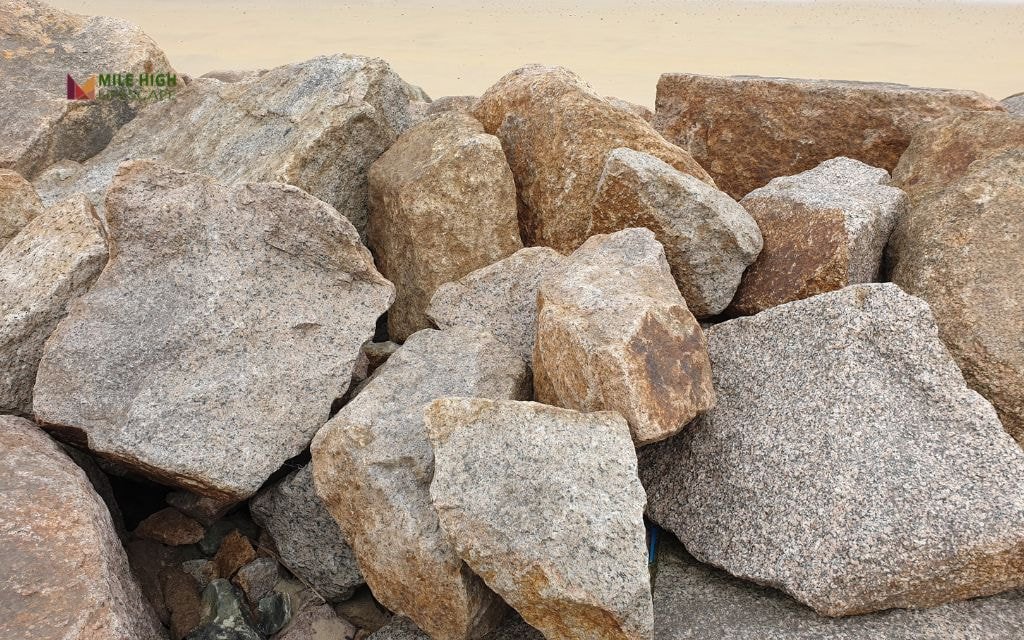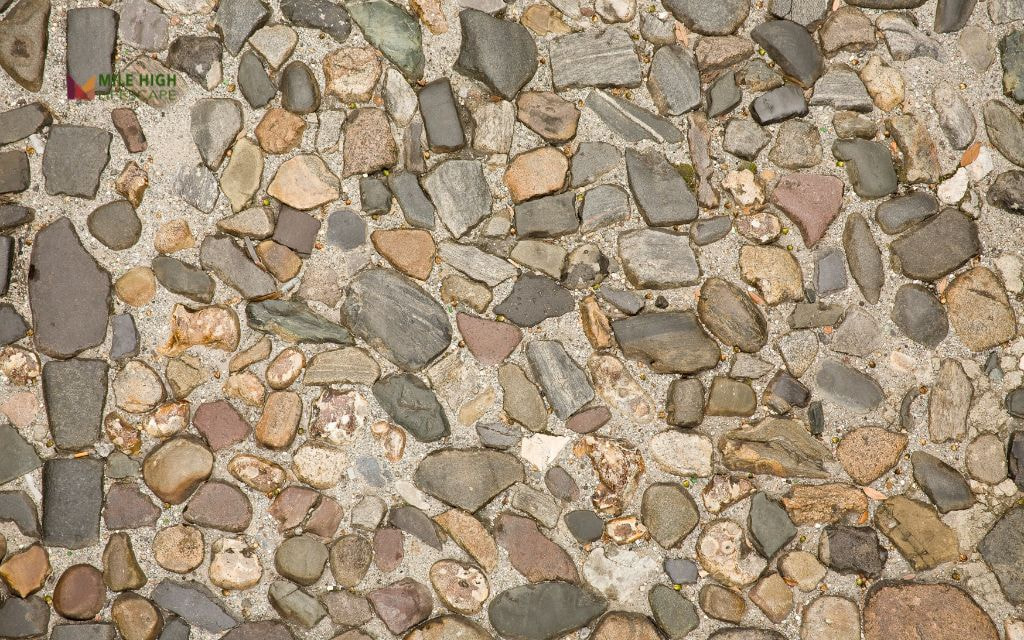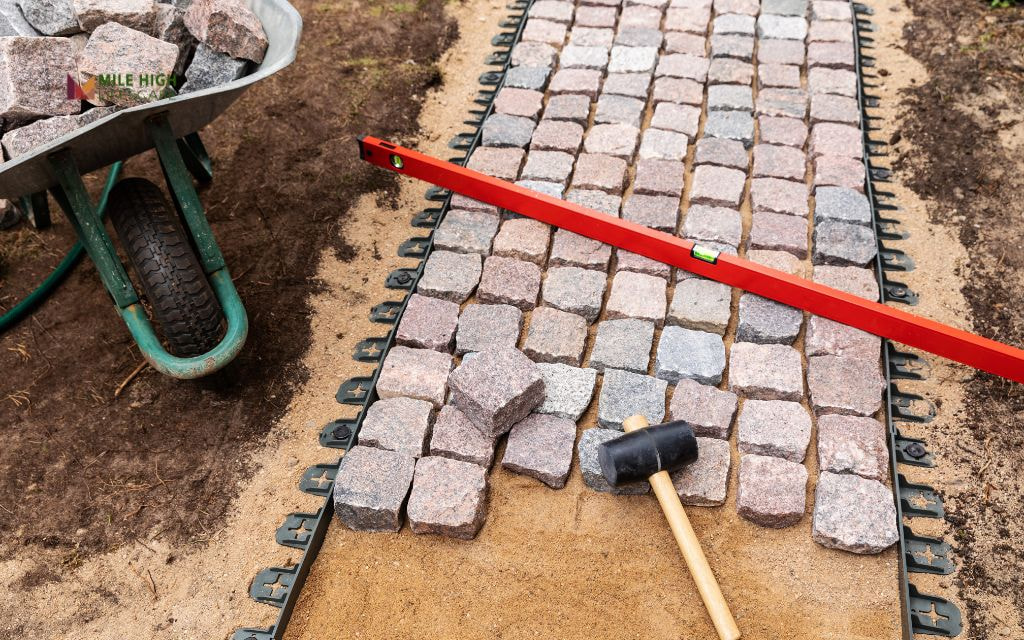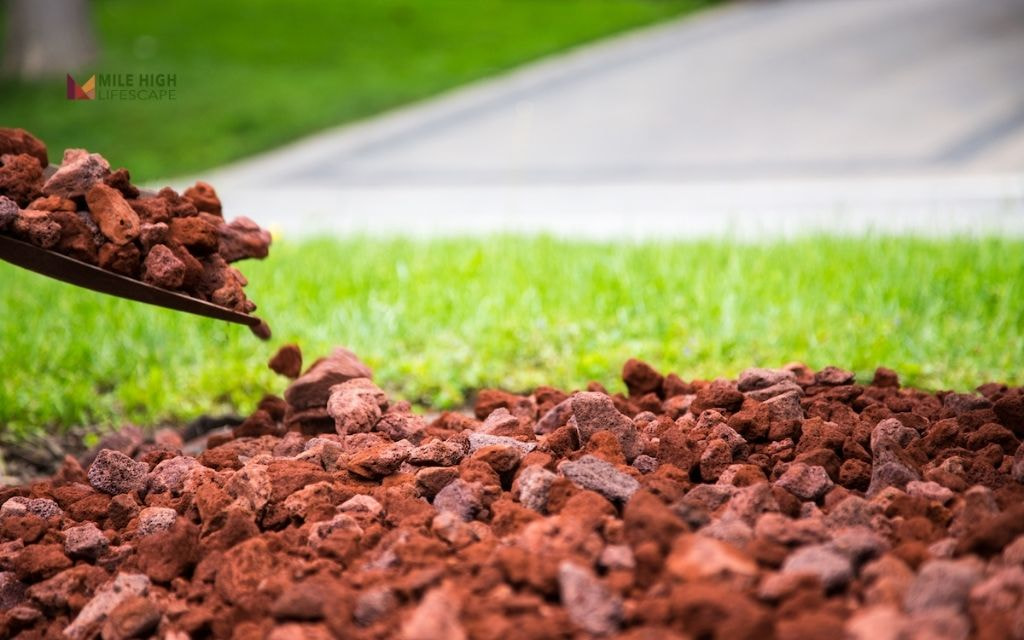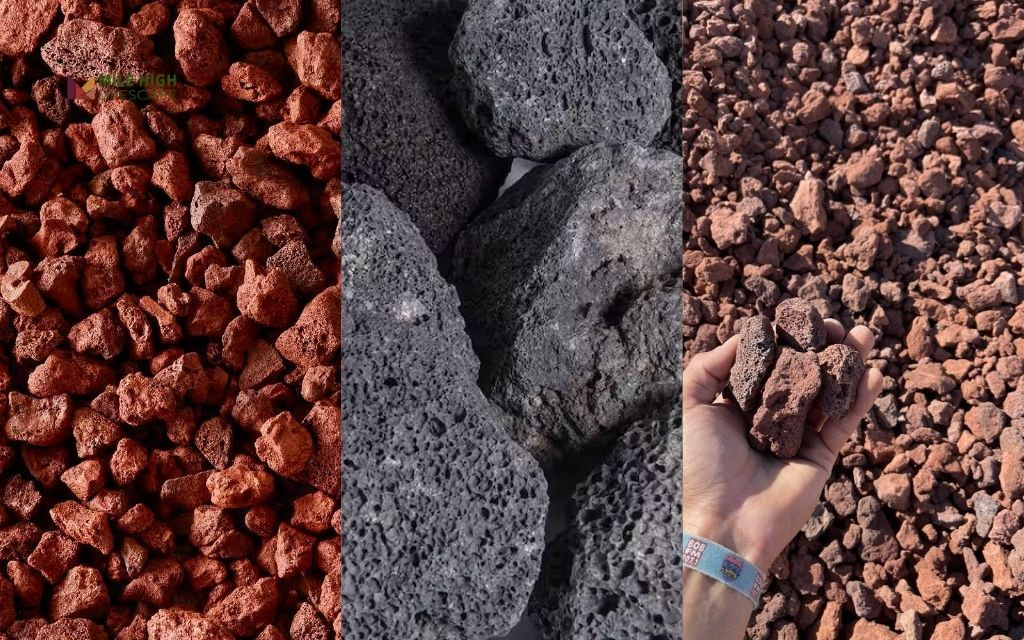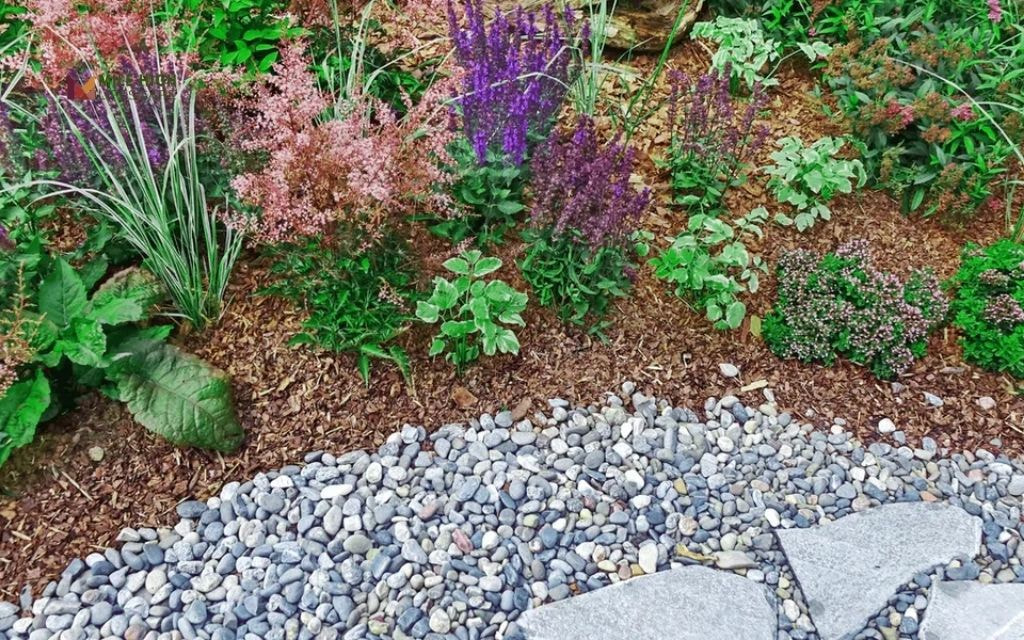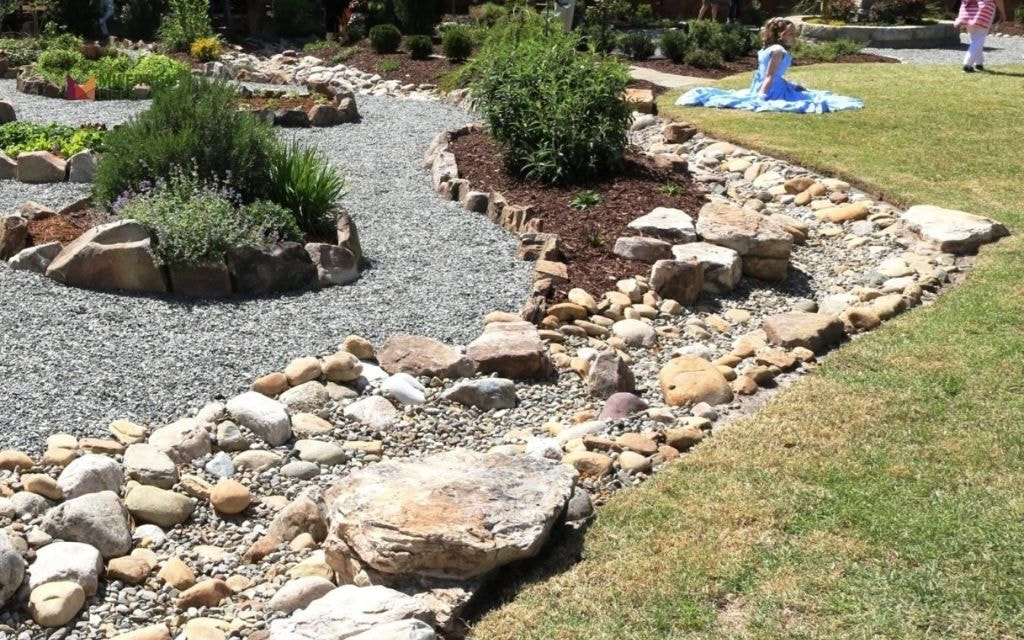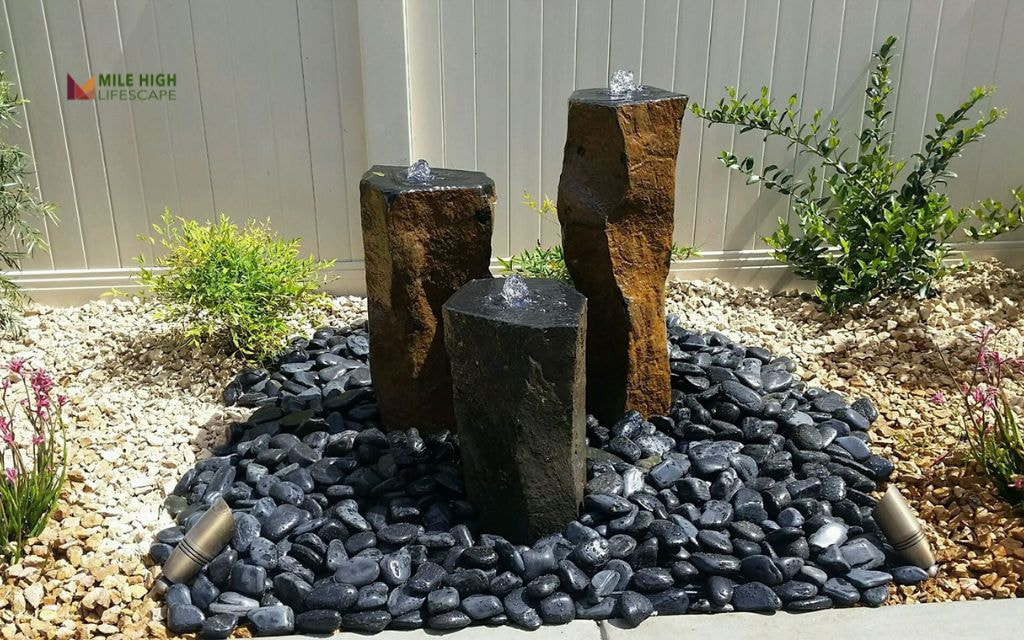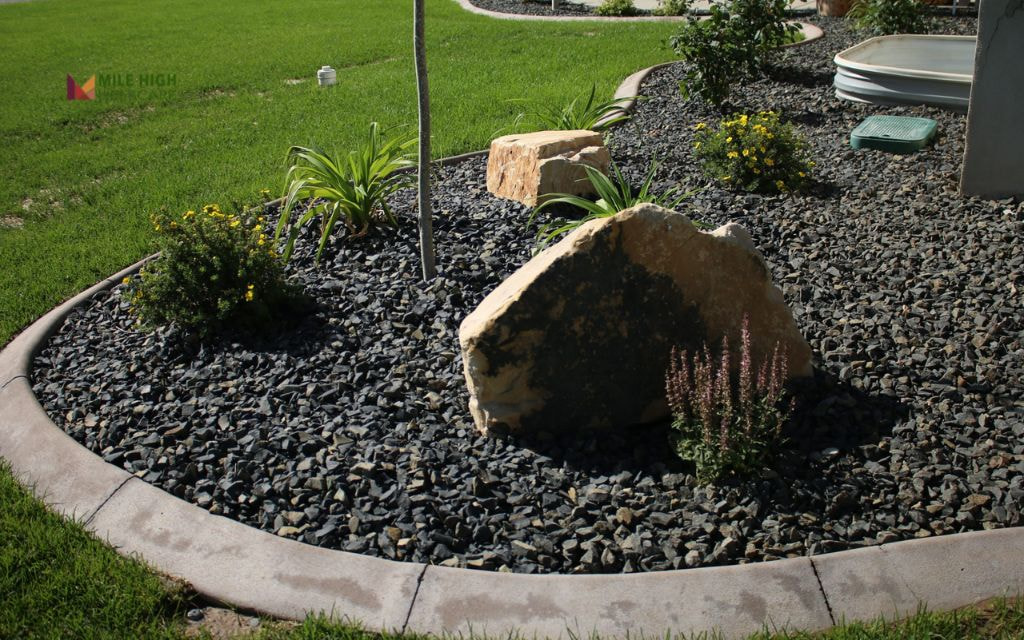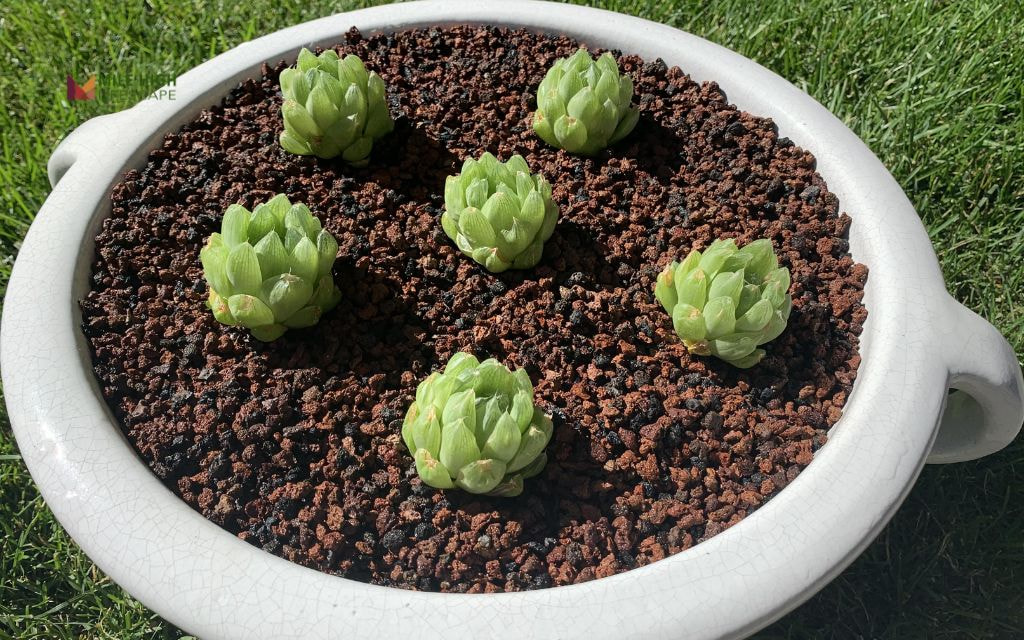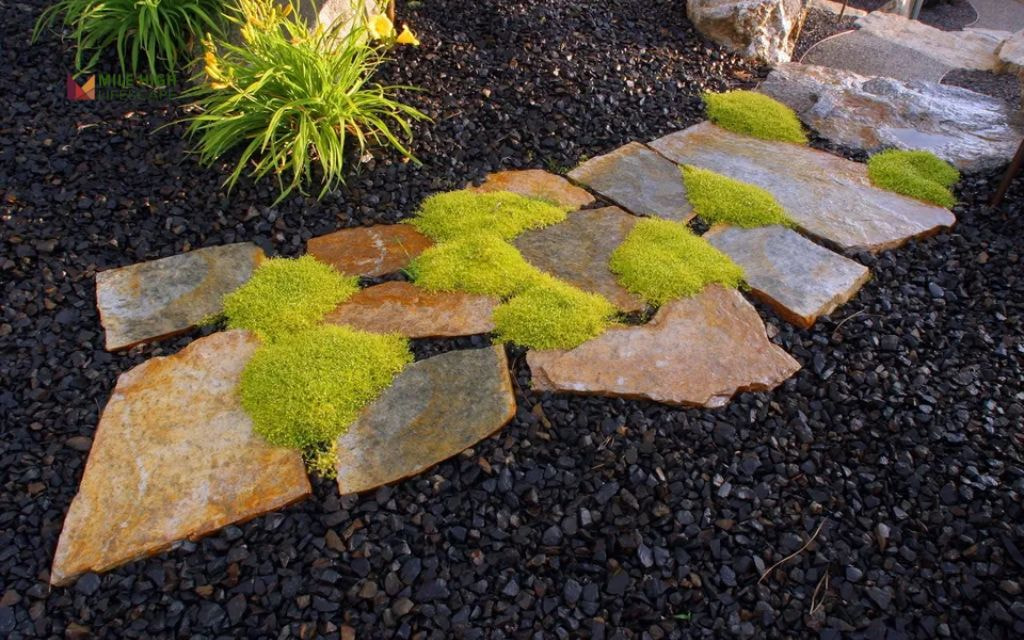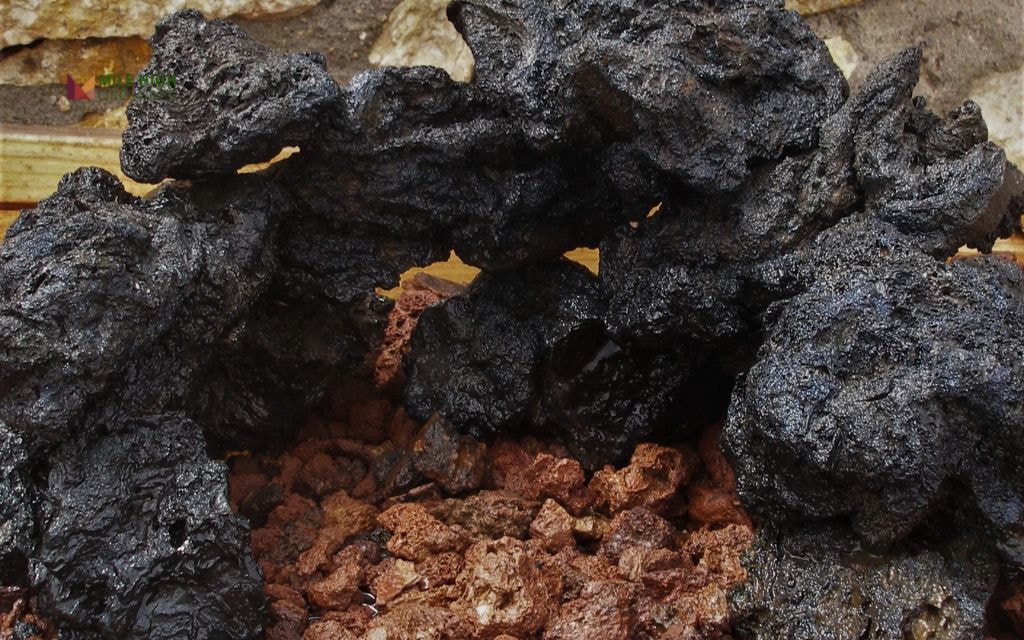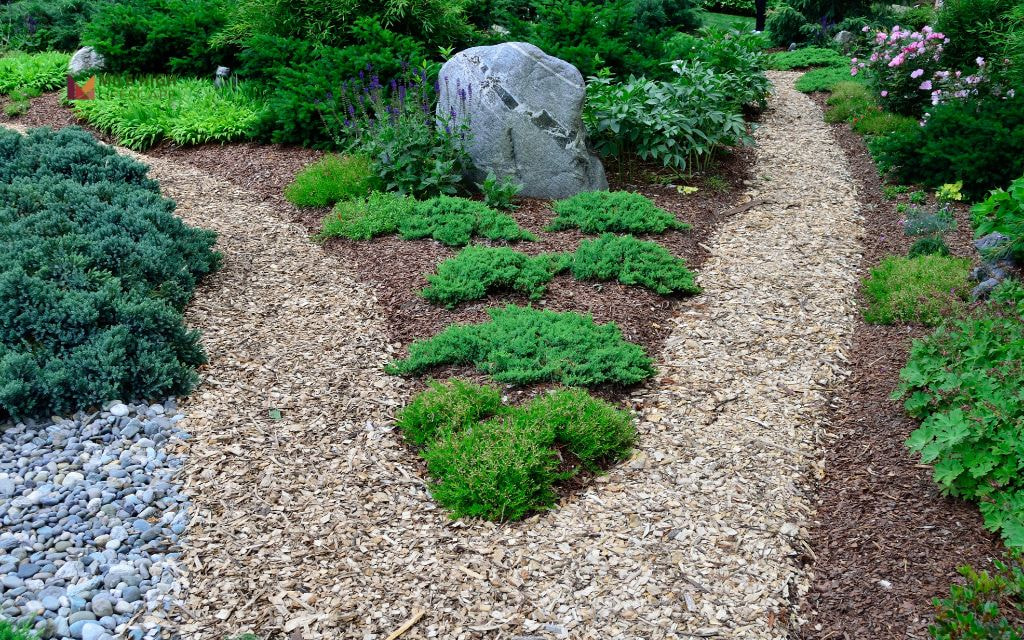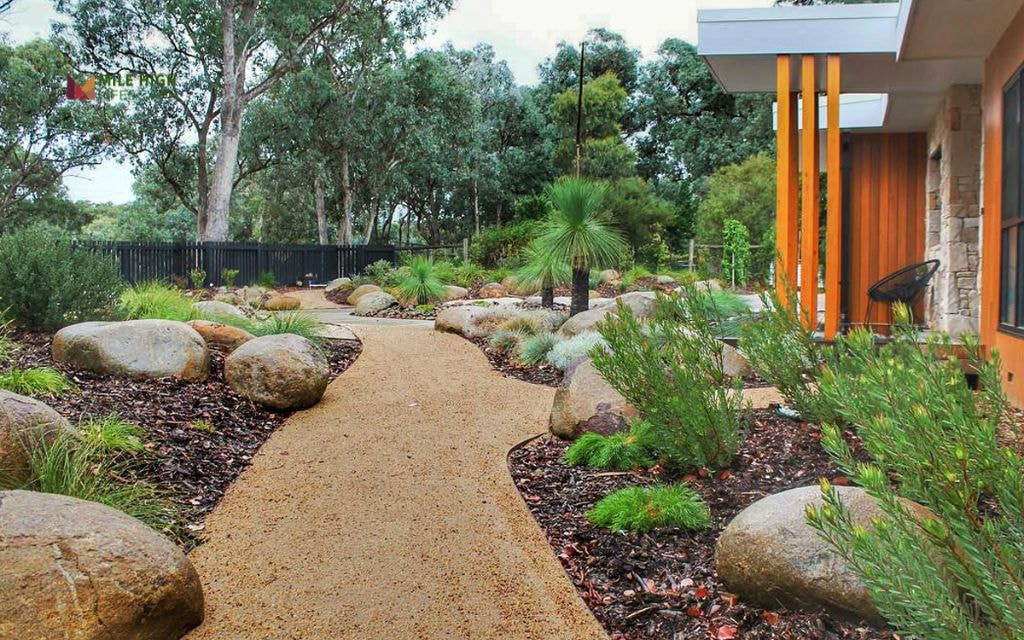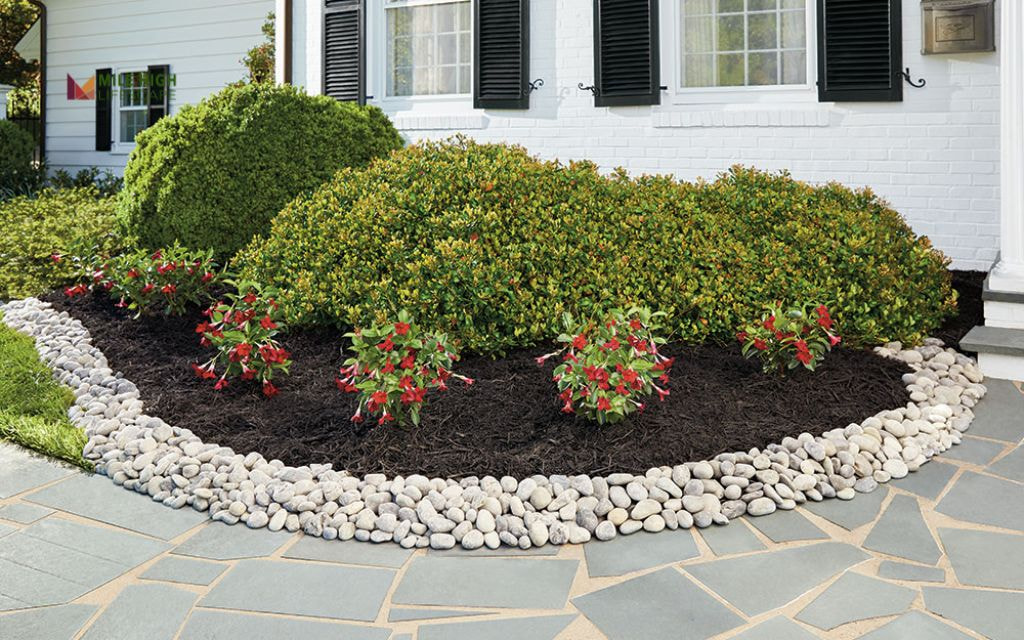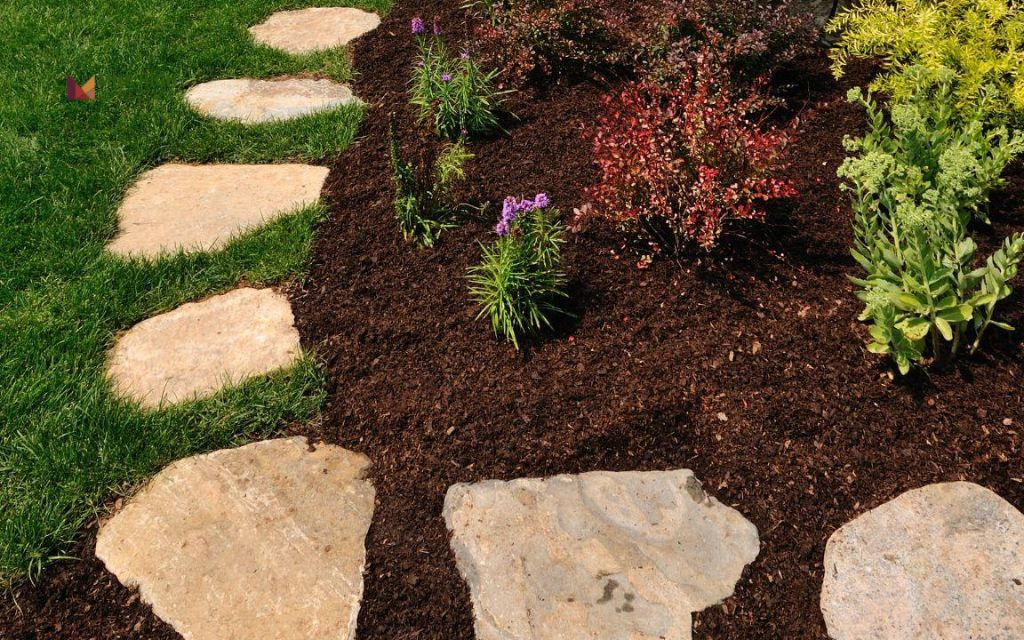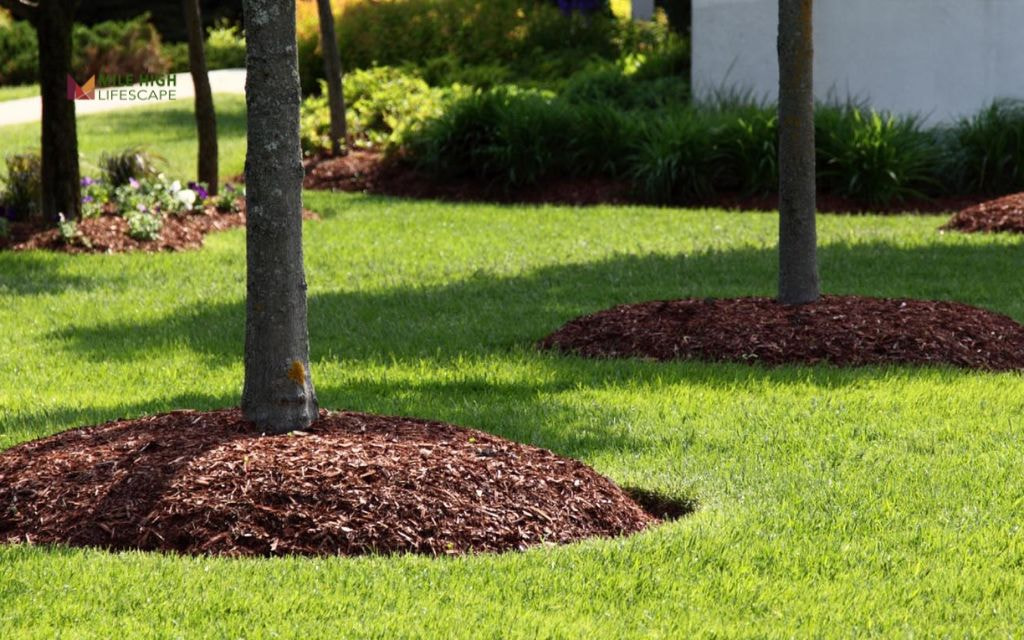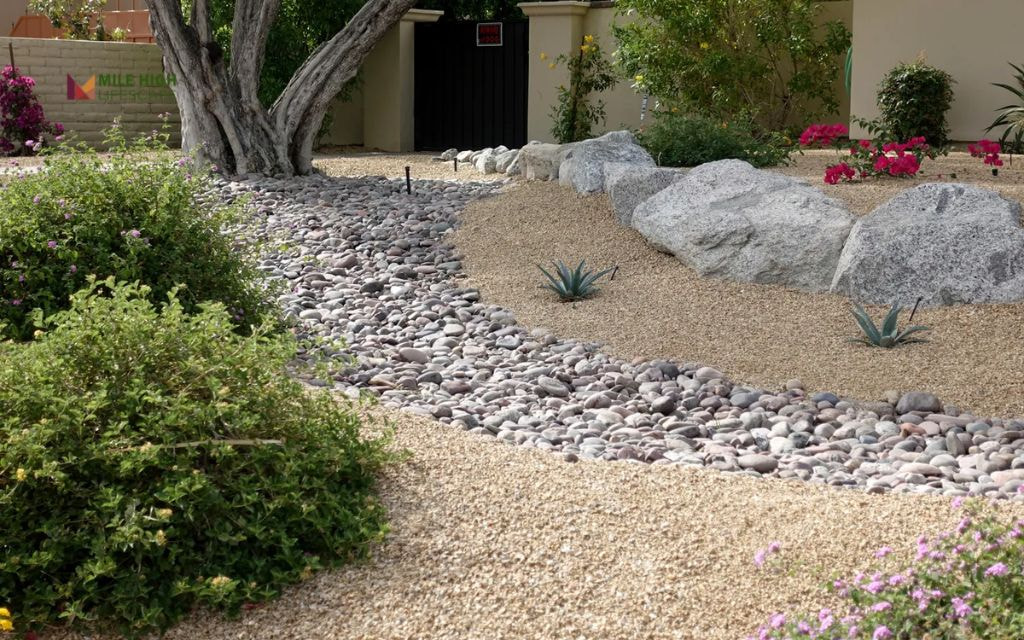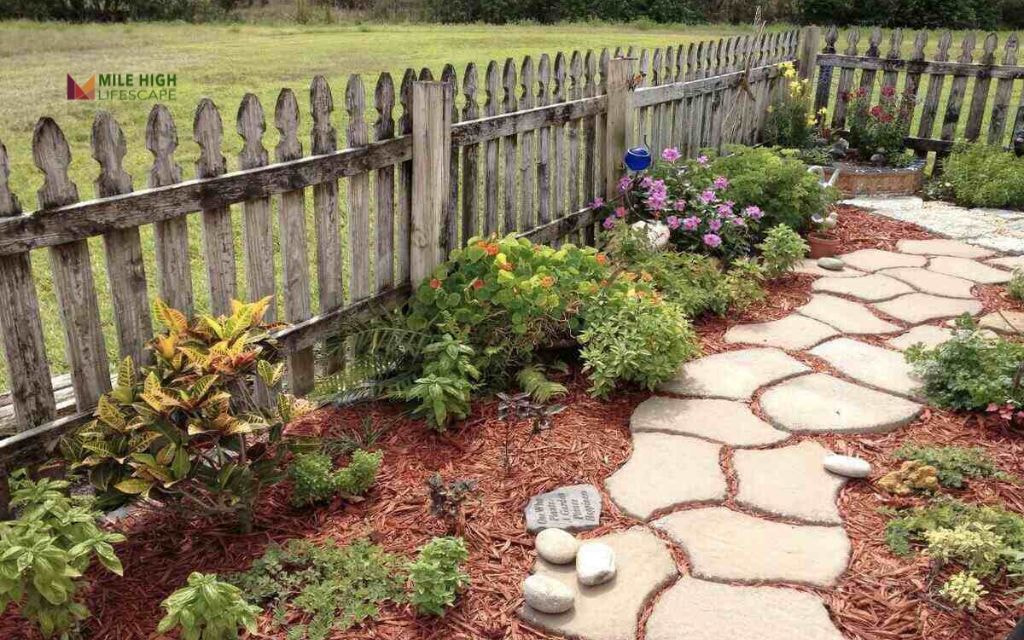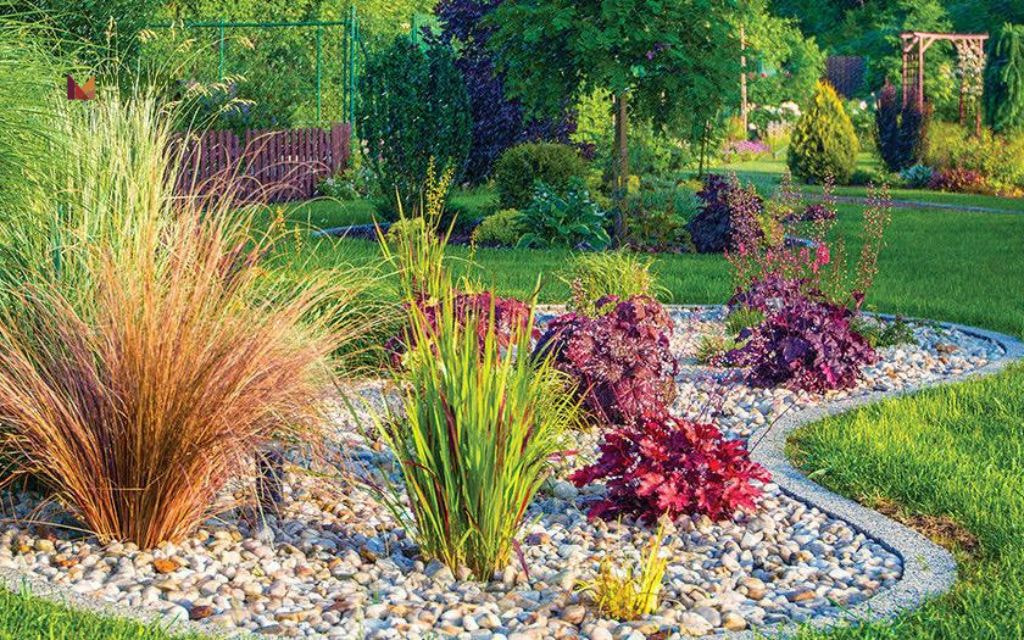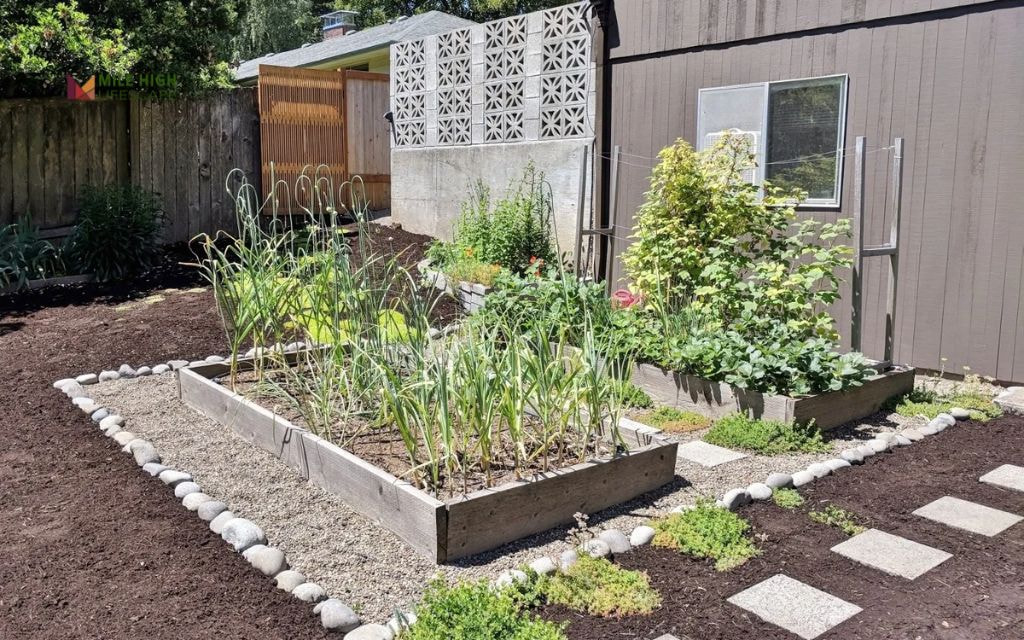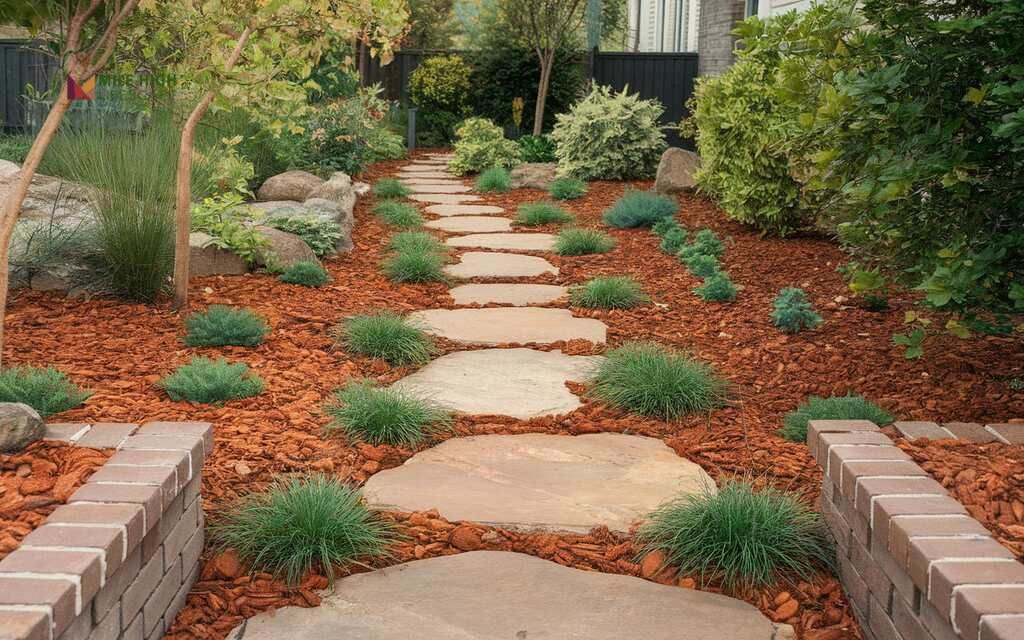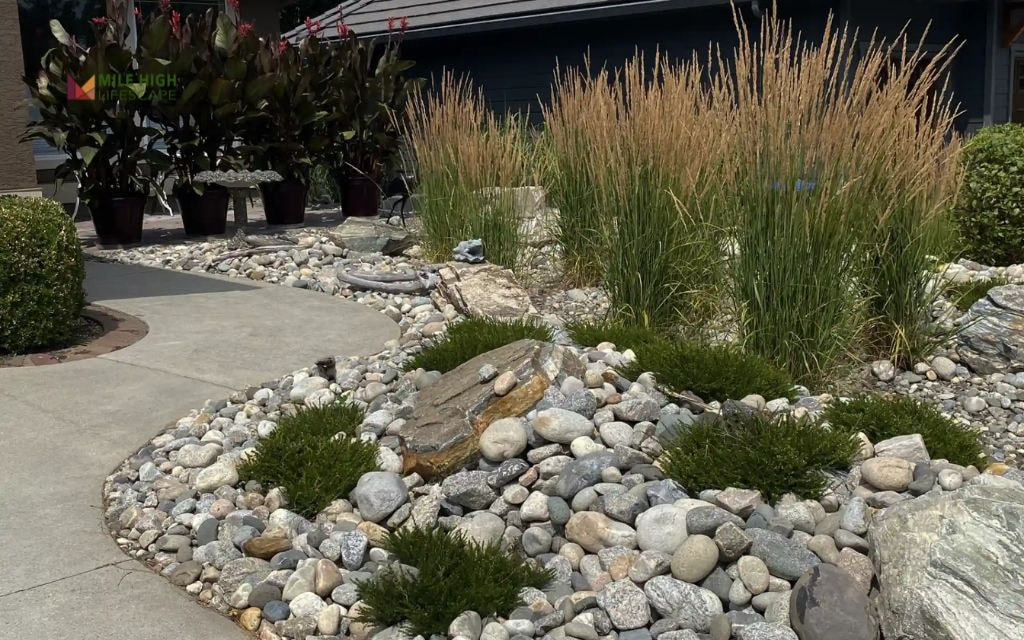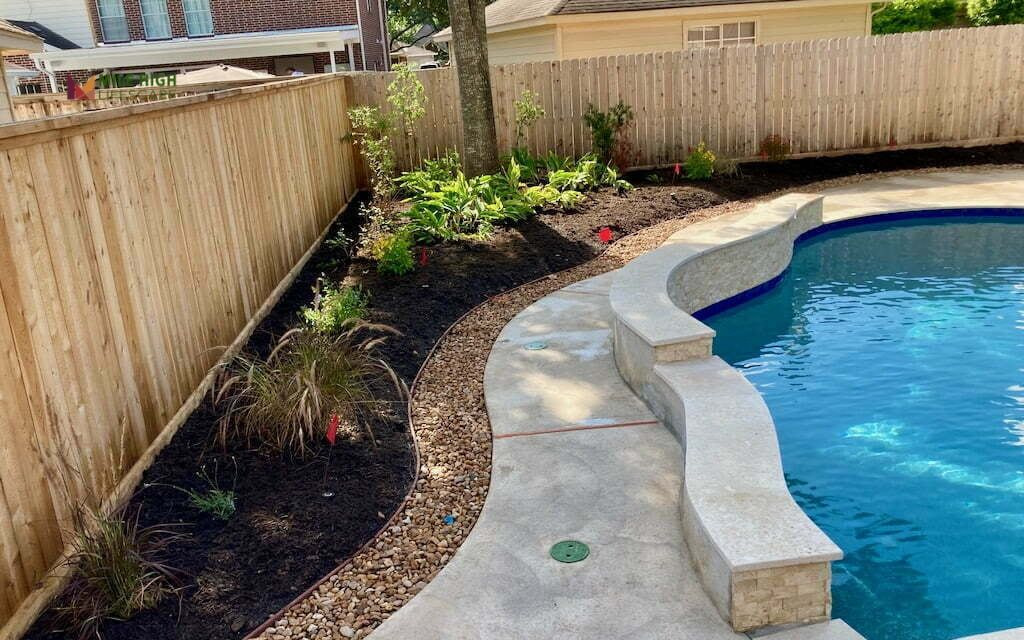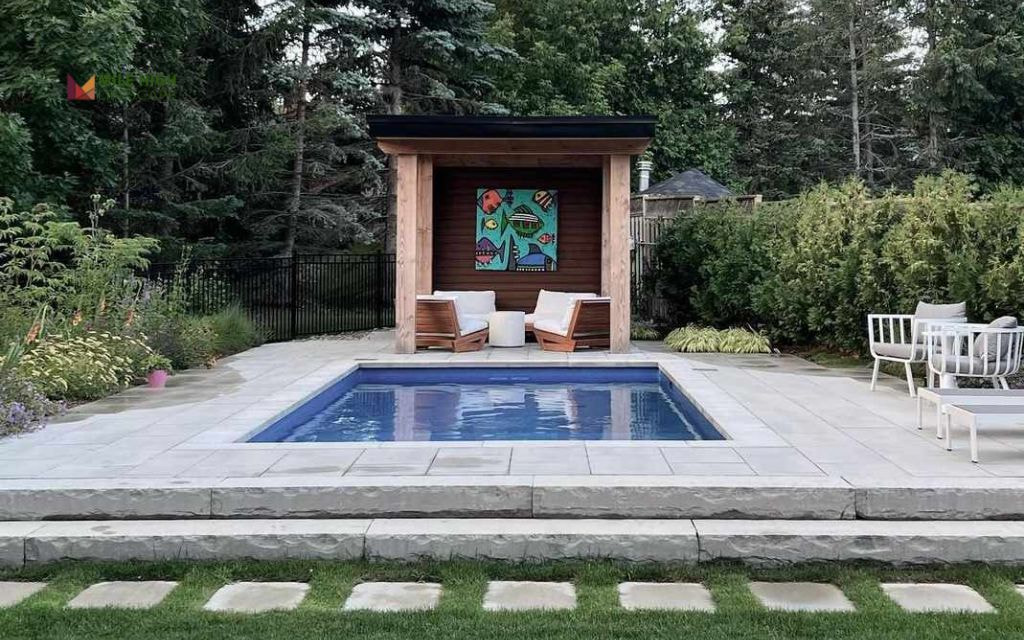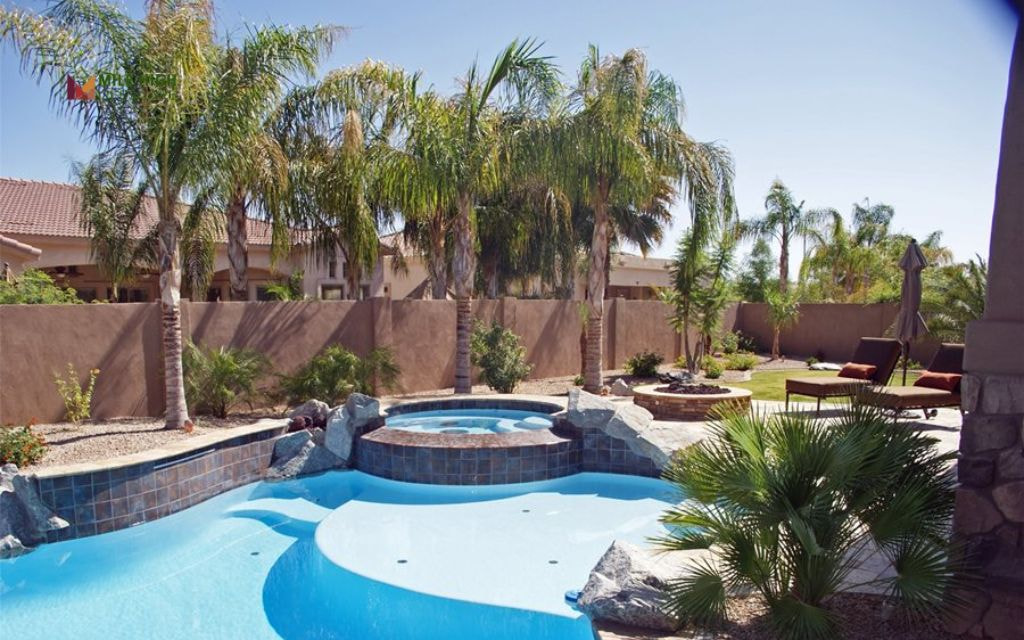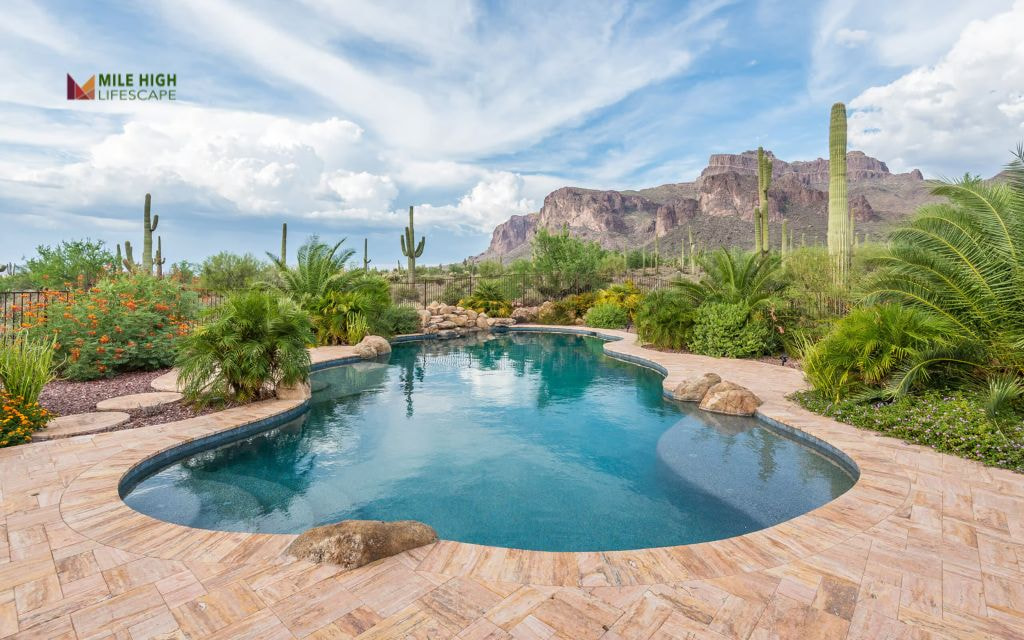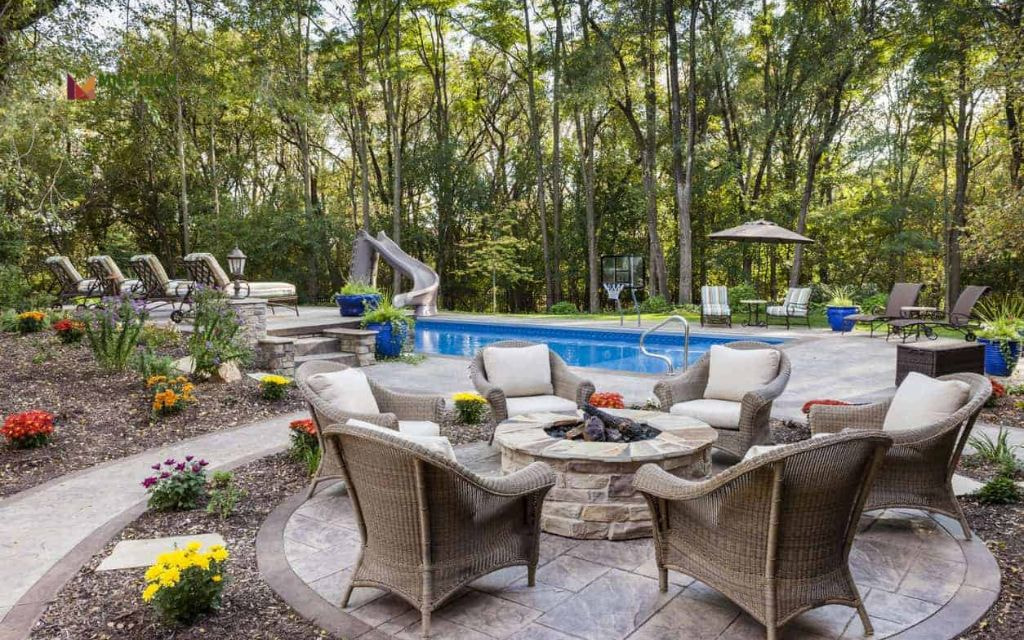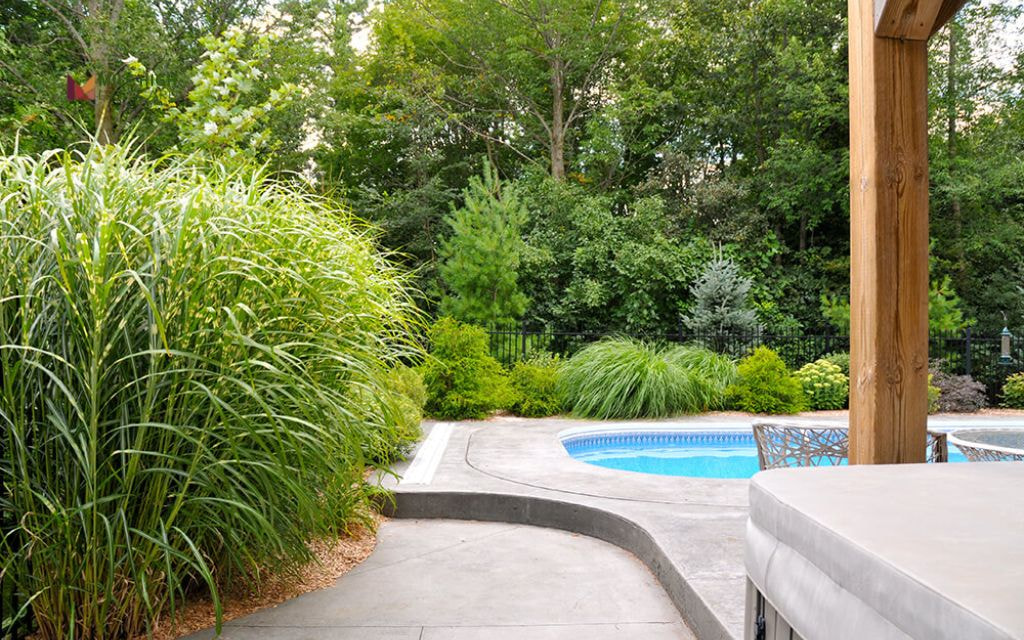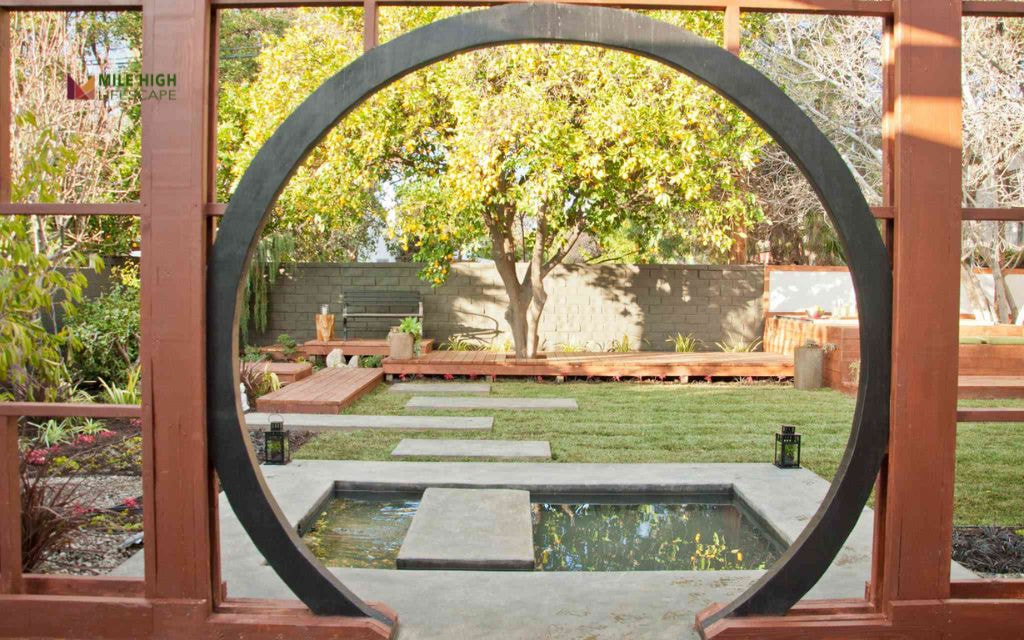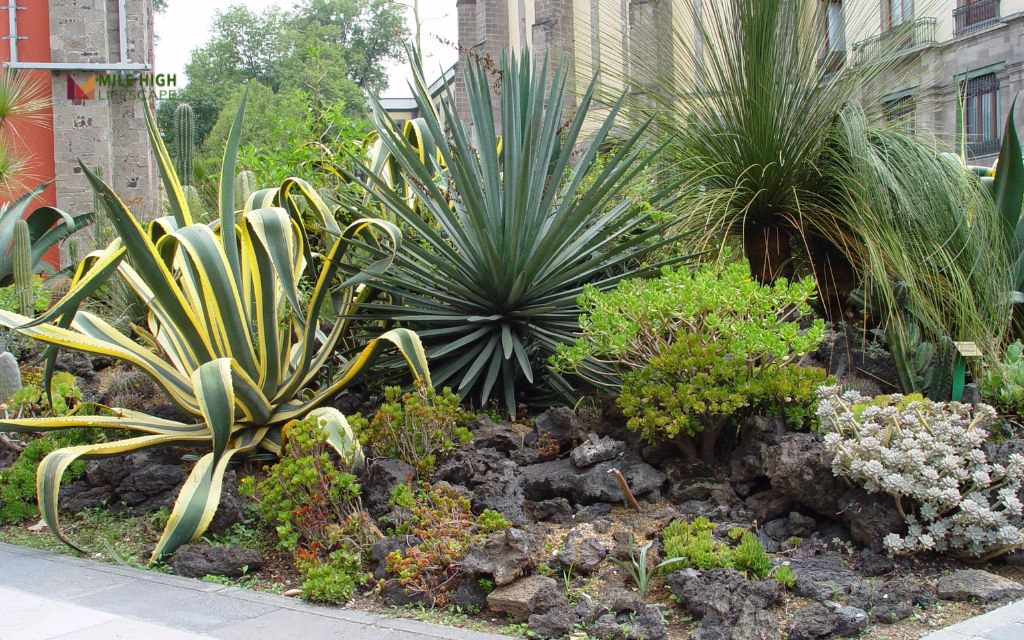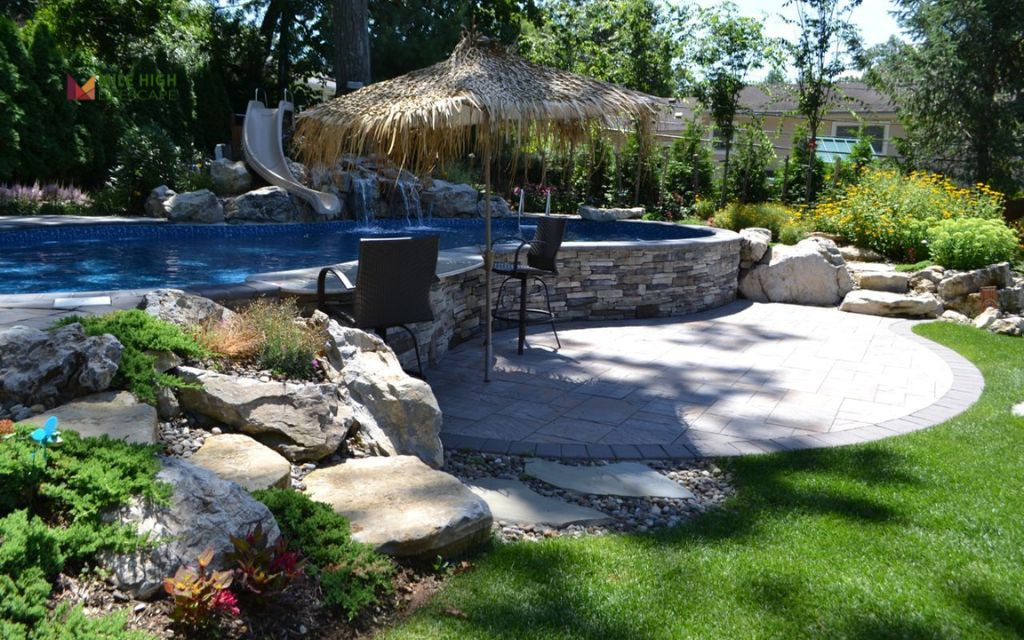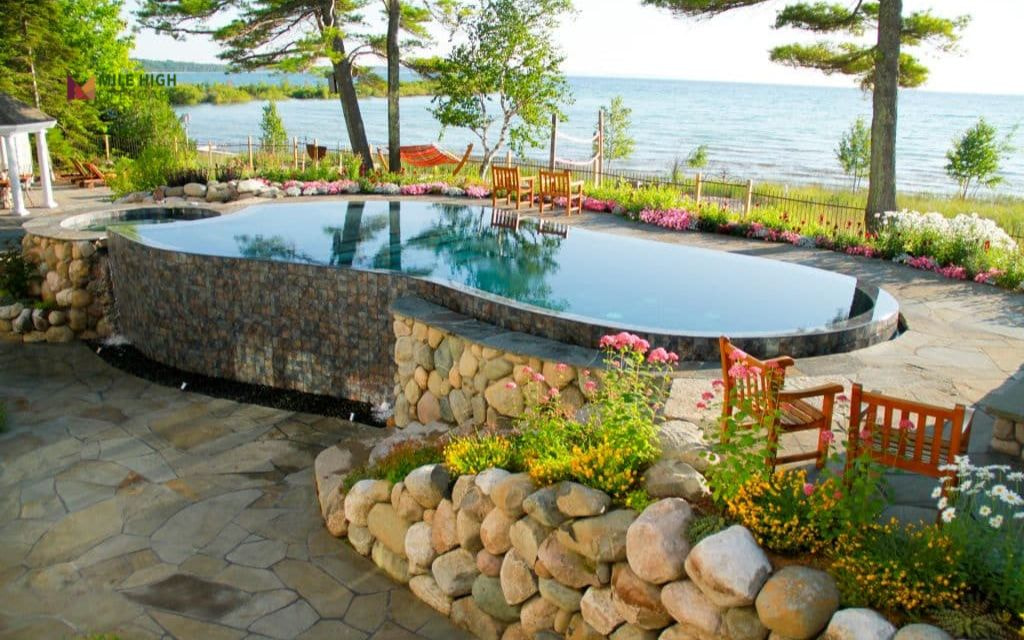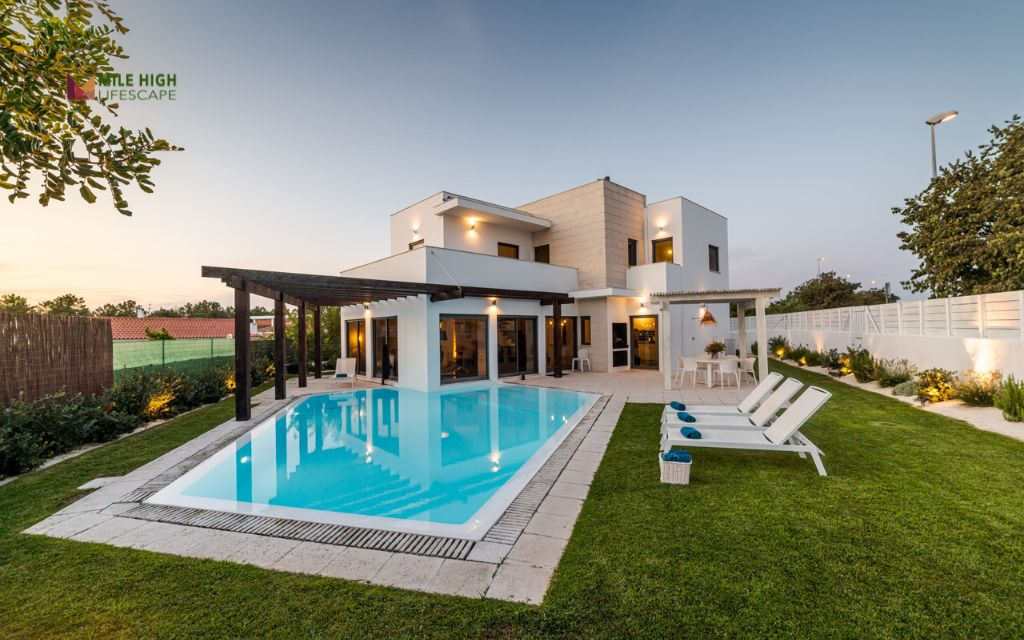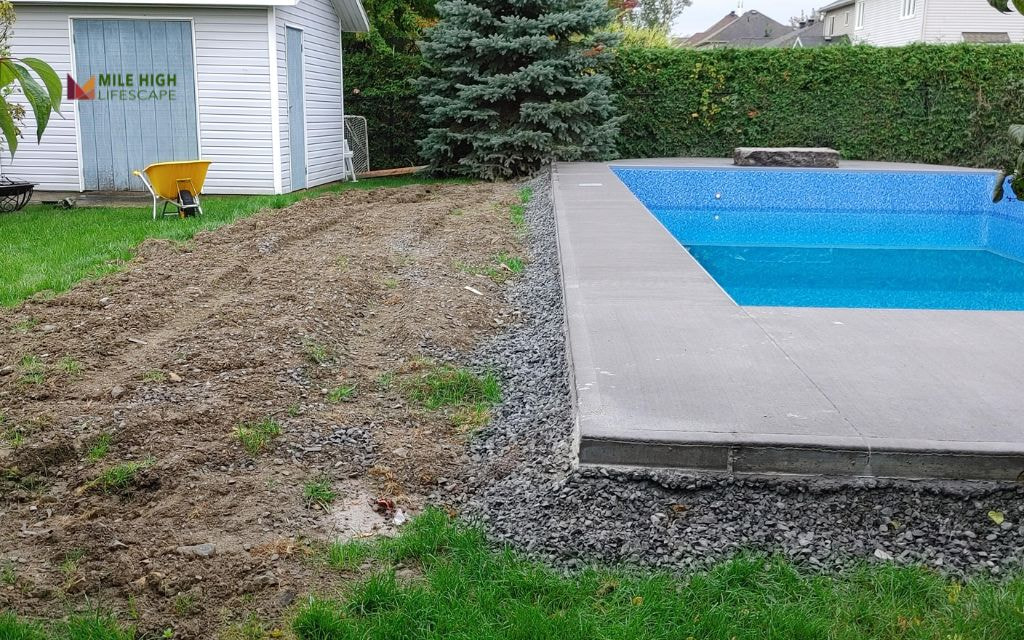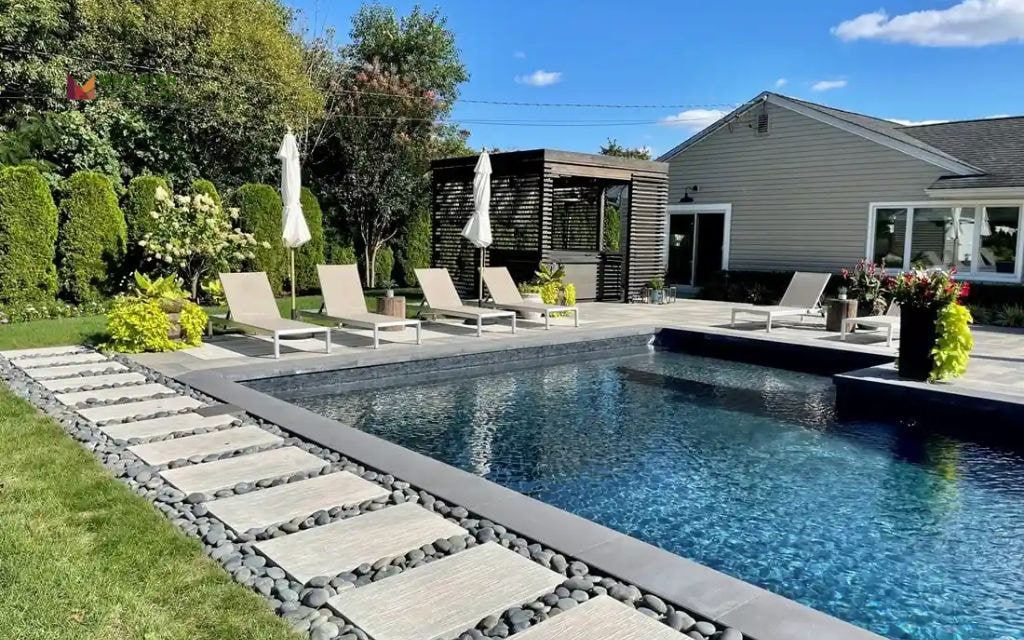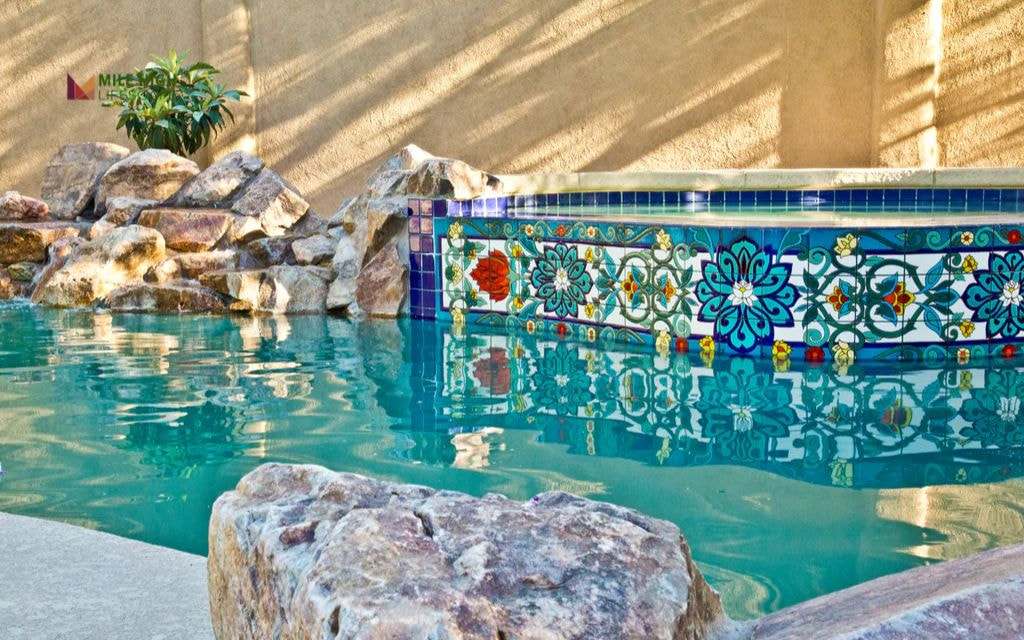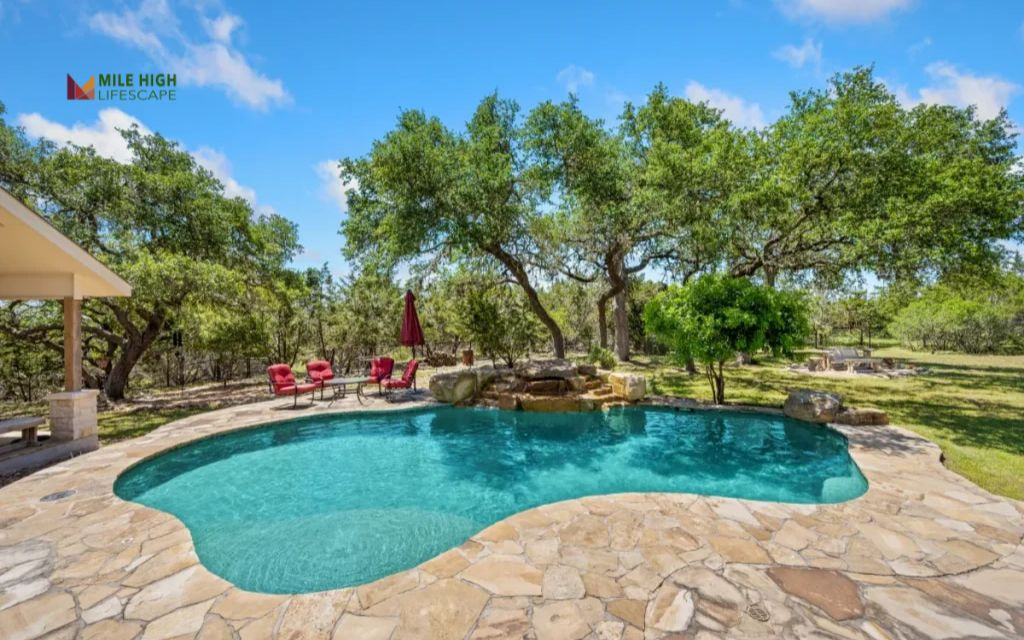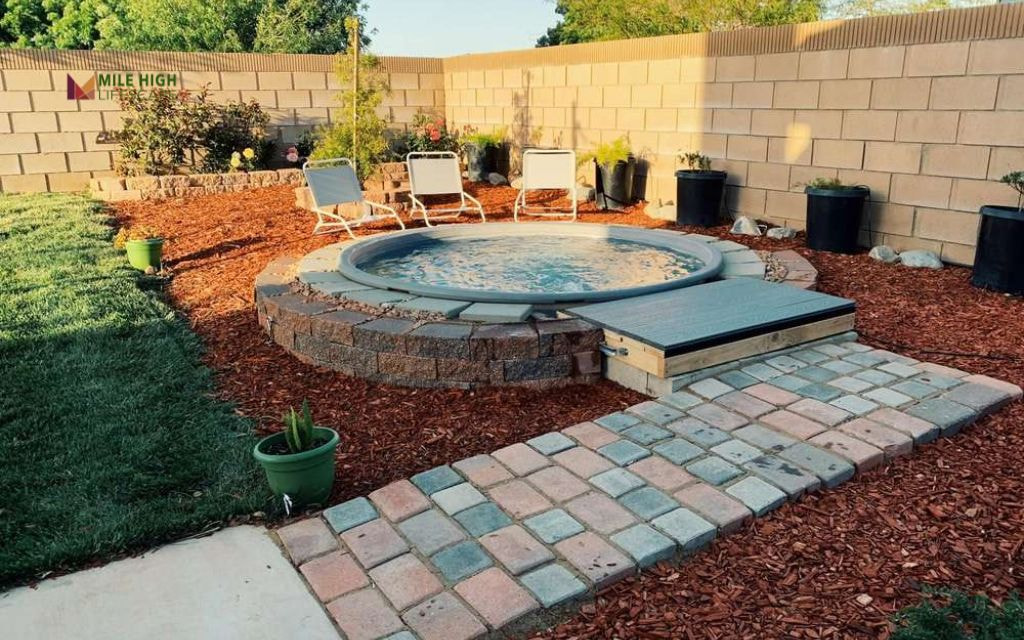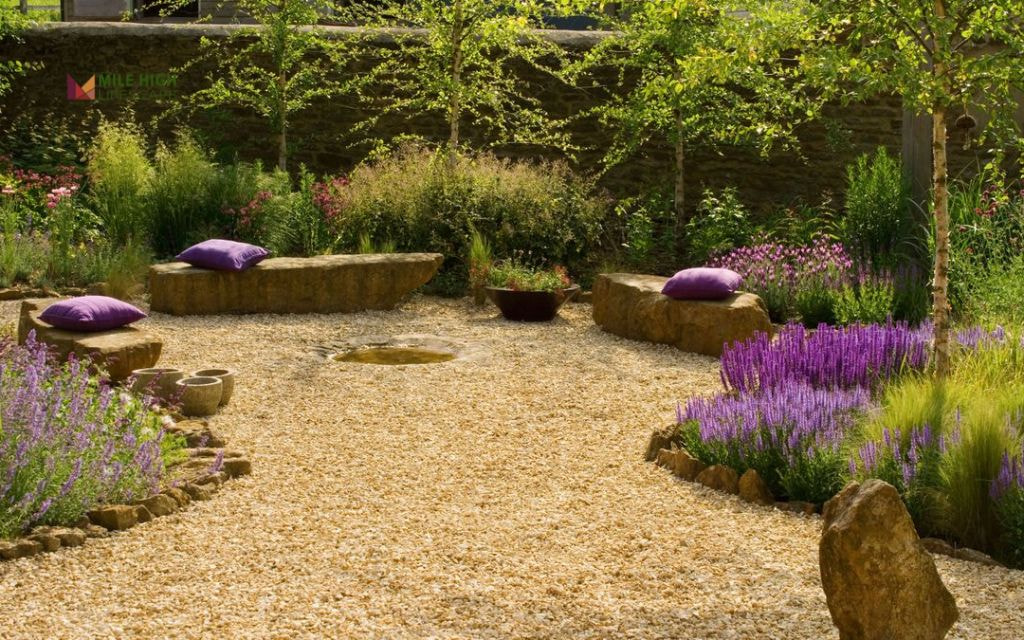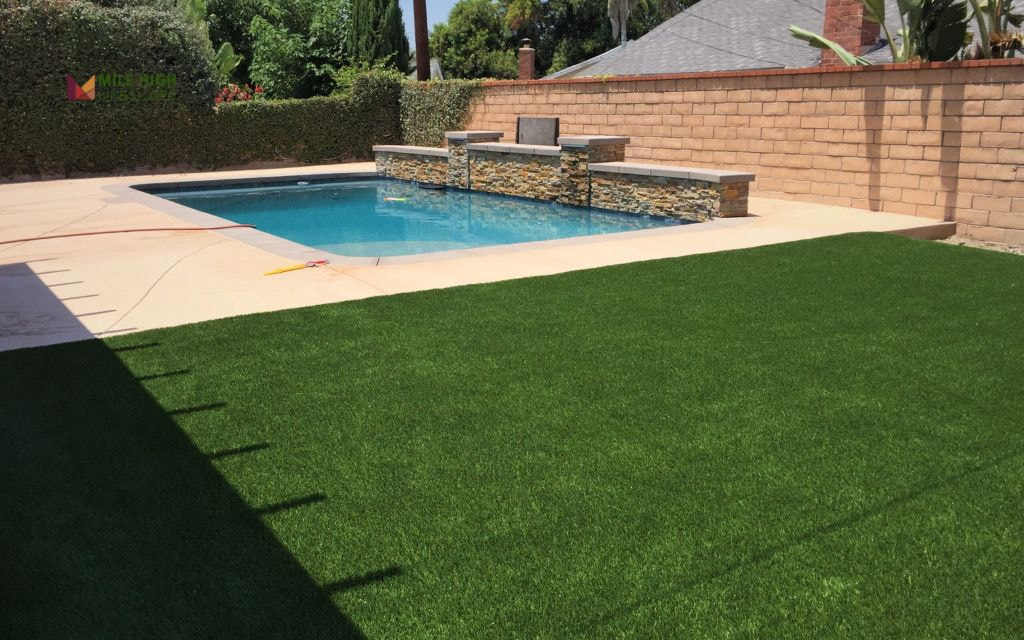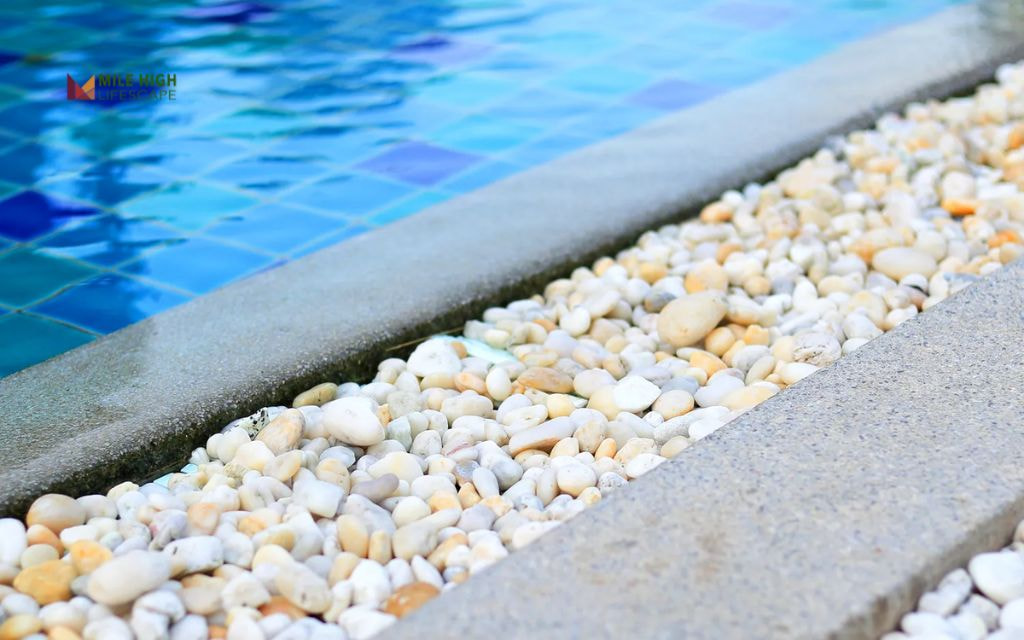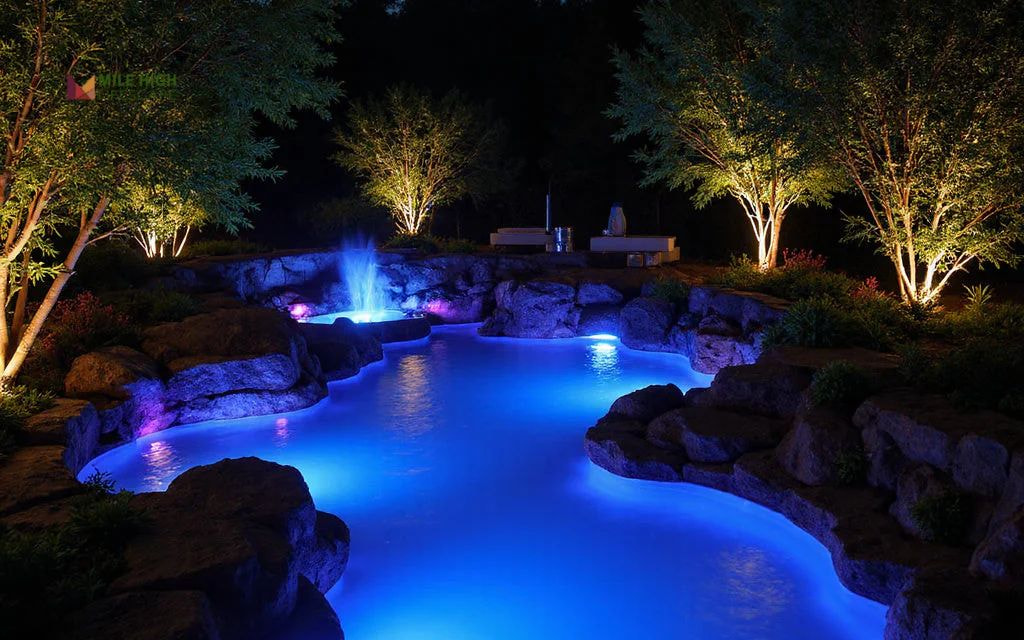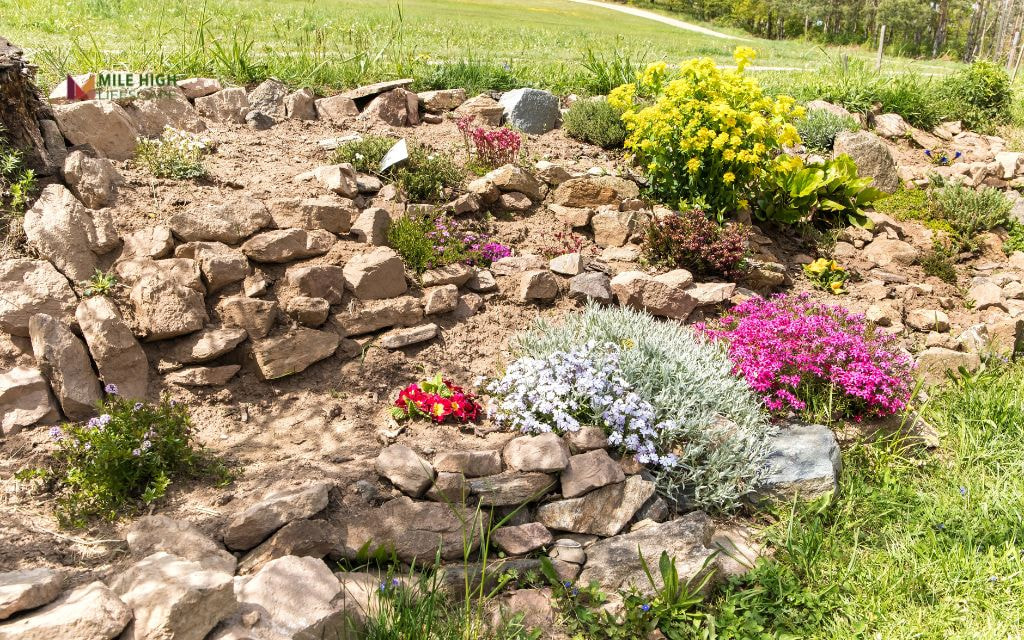How to winterize sprinkler system? To winterize a sprinkler system, you need to shut off the water supply, drain pipes completely, and protect above-ground components from freeze damage.
When temperatures plummet below freezing, water trapped in pipes expands, causing devastating pipe bursts and system failures. Property owners who skip winterization face thousands in repair costs come spring.
Understanding proper winterization protects your investment and ensures reliable irrigation when growing season returns. That’s why we provide this guide that covers the complete winterization process, optimal timing for Denver’s climate, and common mistakes to avoid.
Key Takeaways:
- Winterize in early-mid October before Denver’s first frost to prevent costly freeze damage.
- How do I winterize a sprinkler system? Follow the complete process: shut off water supply → drain all pipes → use air compressor blow-out (60 PSI max) → insulate above-ground components. Each step is crucial for preventing freeze damage.
- Don’t exceed pressure limits, overlook hidden zones, skip insulation, or delay too late.
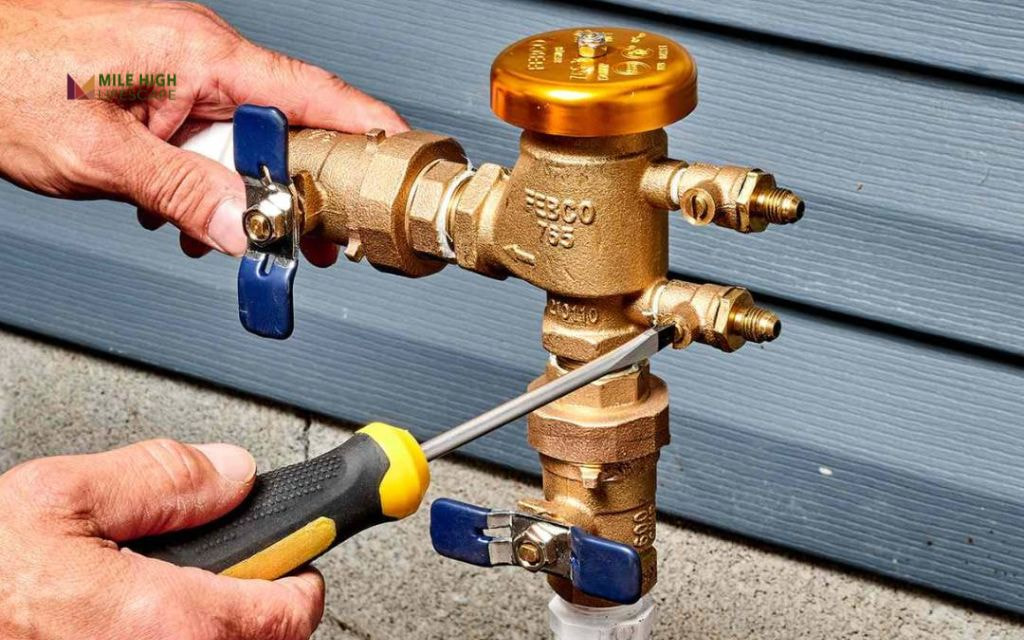
How to Winterize Sprinkler System Step by Step
Step 1: Shut Off and Drain the System
Start by locating your main water supply valve and turning it completely off. This valve sits near your water meter or where the irrigation line branches from your main water service. Open all manual drain valves and backflow isolation valves to allow gravity drainage of standing water.
Next, open any above-ground valves throughout the system. These valves help drain visible water from elevated components like backflow preventers and main distribution lines.
Allow the system to drain for several minutes before proceeding to the next step.
Step 2: Air Compressor Blow-Out Method
The air compressor method removes water that gravity cannot reach. Connect your compressor to the system’s blow-out port, typically located near the backflow preventer. Set the pressure to 60 PSI maximum to prevent valve damage during the process.
Begin with the zone furthest from the compressor connection point. Activate each zone for approximately two minutes or until only air flows from the sprinkler heads. Work systematically through each zone, ensuring complete water evacuation.
Never exceed recommended pressure limits, as excessive force damages valve components.
Step 3: Insulate Above-Ground Components
Above-ground elements require protection from Denver’s temperature swings. Wrap backflow preventers, isolation valves, and exposed piping with foam covers or insulation tape. These components remain vulnerable even after water removal due to residual moisture and metal expansion.
Secure insulation materials properly to prevent wind displacement during winter storms. Consider using waterproof covers for additional protection against snow and ice accumulation on sensitive valve assemblies.
Step 4: Final System Check
Confirm all valves remain in the closed position and pressure relief valves stay open. Inspect the entire system for standing water in low-lying areas or drainage issues. Document the winterization completion date and attach a “winterized” tag to remind others of the system’s status.
Store any removable components like timers or controllers in heated indoor spaces. This final verification prevents spring startup complications and ensures proper system dormancy throughout winter months.
Why Is It So Important to Winterize Your Sprinkler System?
Prevents Pipe Damage
Denver’s freeze-prone climate creates forces exceeding 40,000 pounds per square inch when water expands during freezing. These extreme pressures burst pipes and destroy valve assemblies throughout your irrigation system.
Pipe failures often occur in hidden underground locations, making detection difficult and repairs expensive. A single burst main line can require extensive excavation and cost thousands to repair properly.
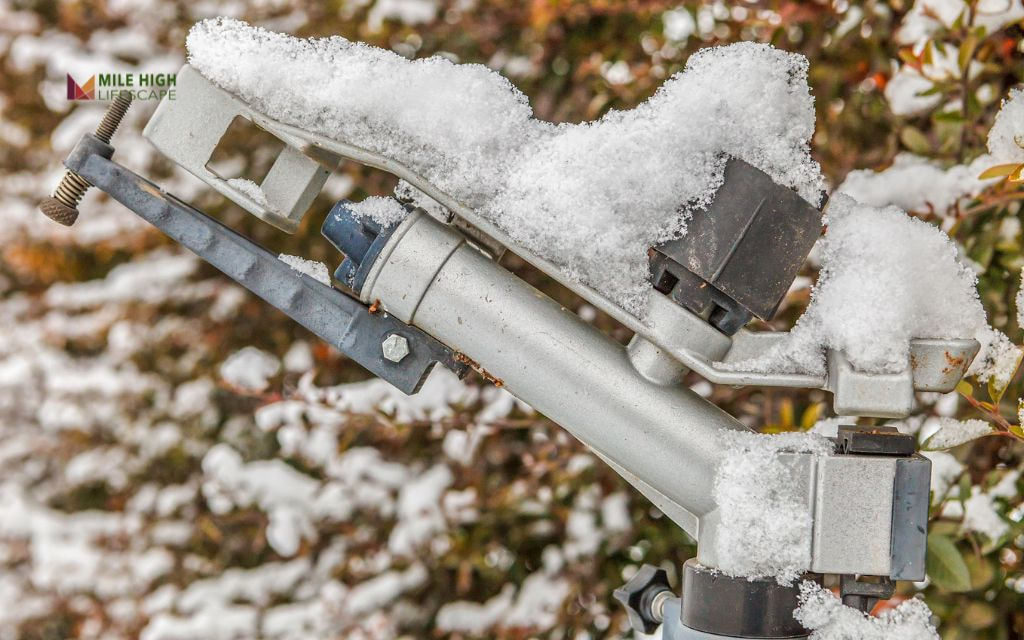
Protects Against Water Contamination
Unprotected systems risk serious contamination through backflow when pipes crack below ground. Contaminated water can enter your home’s potable water supply, creating health hazards.
Proper winterization prevents these cross-contamination risks by eliminating water pathways that freeze damage creates. This protection ensures your family’s drinking water remains safe throughout winter months.
Extends System Longevity and Efficiency
Winterized systems maintain sprinkler systems efficiency and reliability season after season, reducing premature replacement costs significantly. Components protected from freeze-thaw cycles last decades longer than neglected systems.
Saves Thousands in Repair Costs
The cost of professional winterization proves minimal compared to spring repair expenses. Emergency repairs during peak season can cost five to ten times more than preventive winterization services. Burst pipes, damaged valves, and controller replacements quickly accumulate into major expenses.
Ensures Spring Startup Reliability
Properly winterized systems start reliably when growing season returns without costly delays or complications. Unprotected systems often require extensive repairs before operation, delaying lawn care and landscape maintenance. This reliability allows homeowners to maintain beautiful landscapes from the first warm days of spring.
When Is the Best Time to Winterize Your Sprinkler System?
The best time to winterize your sprinkler system in Denver is early to mid-October, before the first hard frost typically arrives.
This timing provides a safety buffer against Denver’s unpredictable weather patterns while maximizing your irrigation season. Professional scheduling during this window ensures availability and prevents the seasonal rush that occurs closer to winter.
What Are Mistakes When Winterizing the Lawn Irrigation System?
- Pressure above 60 PSI can rupture valve diaphragms, crack sprinkler bodies, and damage electronic components. Always verify pressure settings before beginning the blow-out process.
- rip irrigation lines, separate valve boxes, and remote zones often escape notice during winterization. Create a comprehensive zone map to ensure complete coverage of all system areas.
- Many focus solely on water removal while neglecting physical protection for exposed pipes and valves. Denver’s wind chill effects can damage unprotected components even after proper drainage.
- Sudden cold fronts can arrive days ahead of forecasted dates in Denver’s unpredictable climate. Procrastination often results in emergency winterization under adverse weather conditions.
- Trapped air pressure after blow-out creates unnecessary wear on seals and diaphragms throughout winter. Always release system pressure after completing the winterization process.
- Micro-irrigation and drip zones require separate attention due to smaller lines that freeze quickly. These systems need flushing and complete drainage to prevent emitter damage.
- Leaving drain valves closed or manual valves in wrong positions prevents proper water evacuation. Double-check all valve positions during final system inspection.
Prepping Other Irrigation Tools for Winter
Hoses and Connections
Drain all garden hoses completely and store them in heated spaces or insulated areas. Coil hoses properly to prevent kinking and cracking from repeated freeze-thaw cycles. Disconnect hoses from spigots and drain any remaining water from connection points.
Remove and store quick-connect fittings, spray nozzles, and timers indoors. These components contain small water chambers that expand when frozen, causing permanent damage. Clean all attachments before storage to prevent corrosion during winter months.
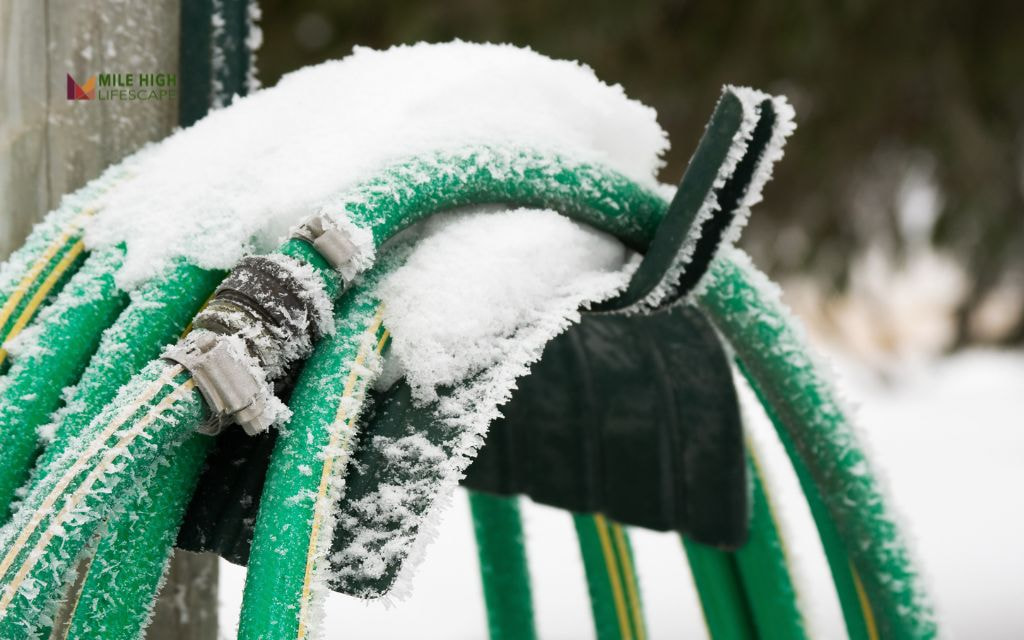
Drip Irrigation Systems
Flush drip systems thoroughly to remove sediment and mineral buildup that can freeze and clog emitters. Disconnect timer units and bring them indoors for protection. Insulate any exposed tubing that cannot be drained completely.
Remove and clean pressure-compensating emitters if your system includes them. These precision components are particularly vulnerable to freeze damage and expensive to replace. Store cleaned emitters in labeled containers for easy spring reinstallation.
Water Timers and Controllers
Electronic timers require indoor storage to prevent circuit damage from moisture and freezing. Remove batteries before storage to prevent corrosion from battery leakage during extended storage periods. Clean battery compartments and connection points before storing.
Document timer programming settings before removal. Take photos of complex programming or write down zone schedules to simplify spring startup procedures. Store programming documentation with the timer unit for easy reference.
Fertilizer Injectors and Chemical Systems
Clean fertilizer injectors thoroughly to remove all chemical residues before storage. Rinse systems with clean water multiple times to prevent crystallization that can damage pump mechanisms. Store injector units in dry, frost-free areas away from extreme temperature fluctuations.
Drain and clean any chemical storage tanks completely. Remove all liquids and rinse tanks with clean water to prevent freeze damage and chemical contamination. Store tanks in heated areas or wrap with insulation if outdoor storage is necessary.
Conclusion
Proper sprinkler winterization combines precise timing with methodical execution to protect Denver irrigation systems from costly freeze damage.
How to winterize a sprinkler system requires shutting off water supply, complete drainage, air compressor blow-out, and insulation of above-ground components. Success depends on starting early, following proper procedures, and avoiding common mistakes like excessive pressure or incomplete drainage.
Contact Mile High Lifescape today for a free winterization quote.
Our expert team serves Denver, Littleton, Lakewood, Westminster, Boulder, Golden, Longmont, Loveland, and Colorado Springs. Protect your irrigation investment with professional service you can trust.
Frequently Asked Questions (FAQs)
What should I do if the system freezes?
Stop using the system immediately until temperatures rise above freezing. Inspect for visible damage once warmed, then test each zone carefully. Contact professionals if you find leaks or pressure loss.
Can smart sprinkler systems winterize themselves?
No. Smart controllers can shut off schedules automatically but cannot drain pipes, blow out water, or insulate components. Manual winterization is still required regardless of controller technology.
Can I winterize my sprinkler system myself?
Yes, with proper equipment and knowledge. You need an air compressor with 60 PSI capability and understanding of your system layout. Complex systems benefit from professional service for complete protection.
How do you shut down a sprinkler system for winter?
Turn off the main water supply, open all drain valves, use compressed air to blow out each zone, then insulate above-ground components. Ensure all valves stay closed with pressure relief valves open.
How to winterize a sprinkler system without an air compressor?
Use manual drainage through gravity by opening all drain valves and petcocks throughout the system. Remove drain plugs from low points and pump housings. This method works for simple systems but may not remove all water.
